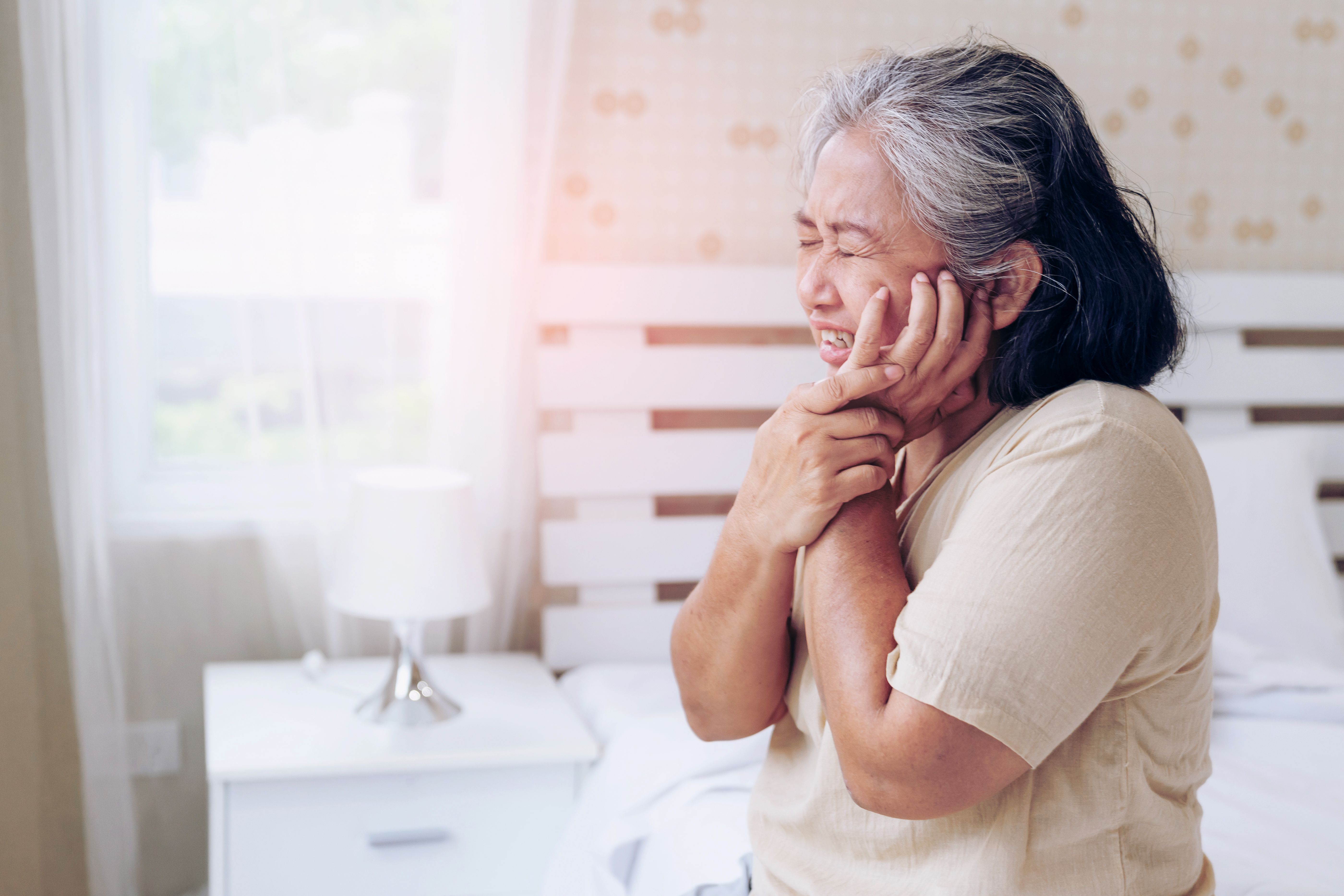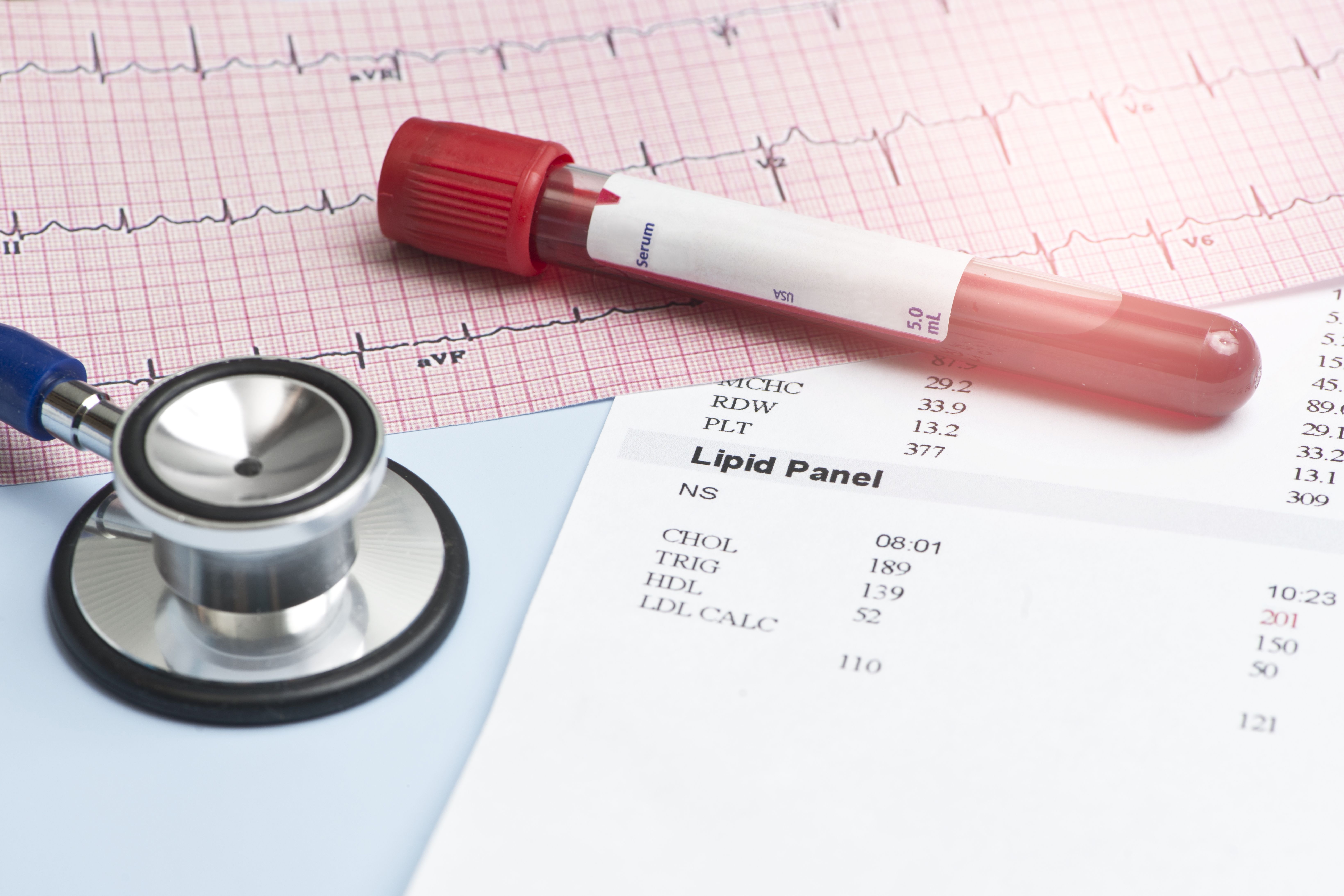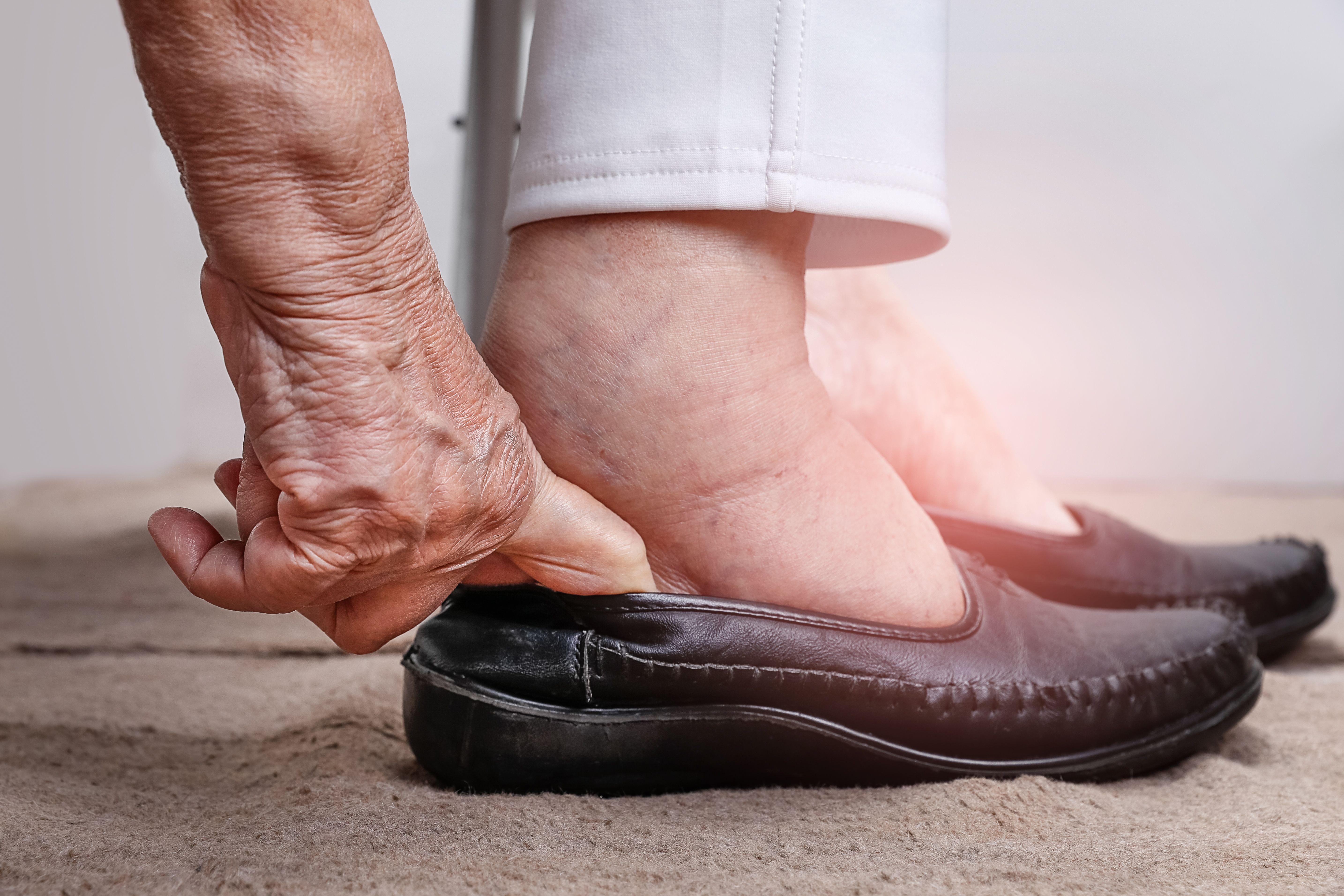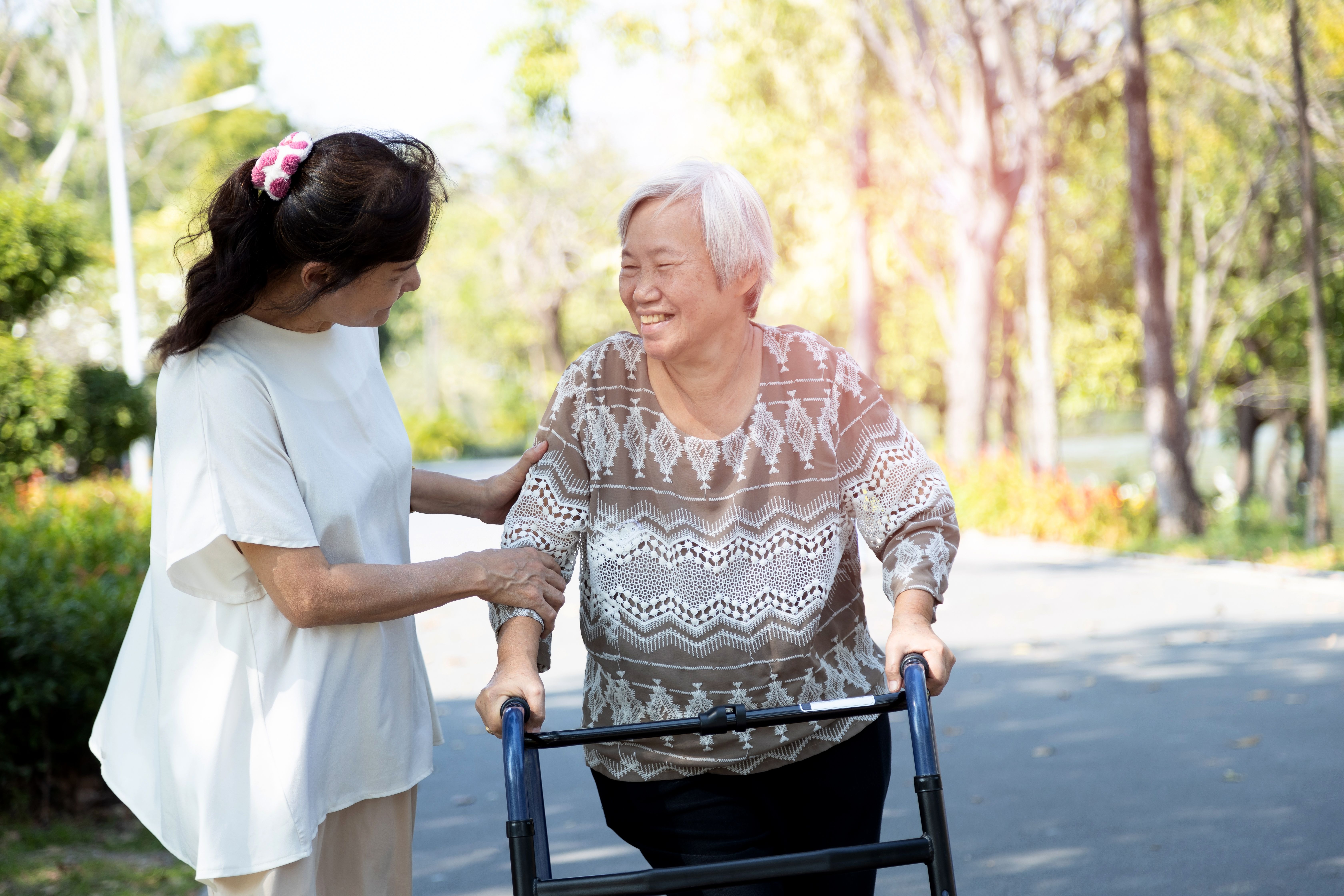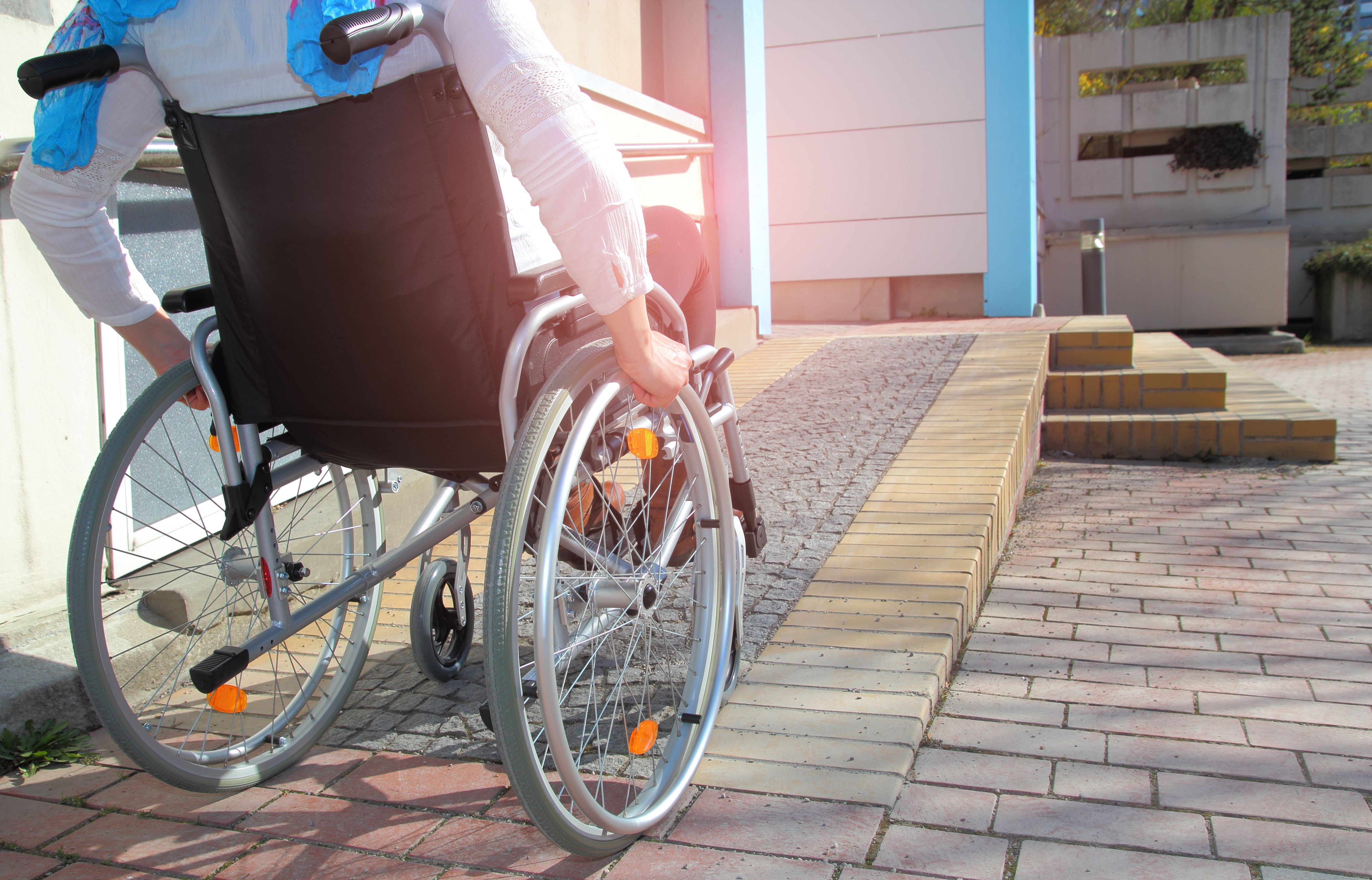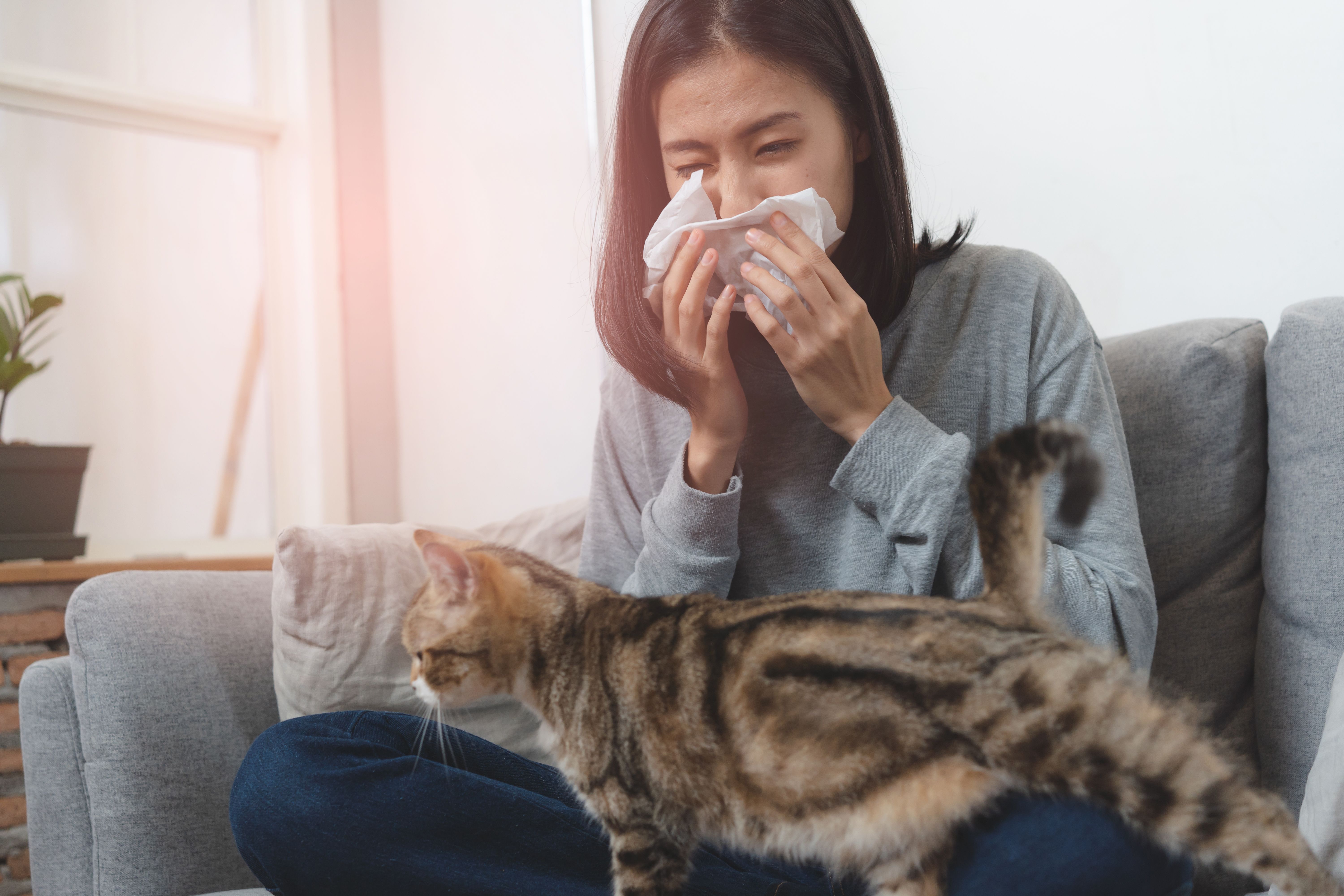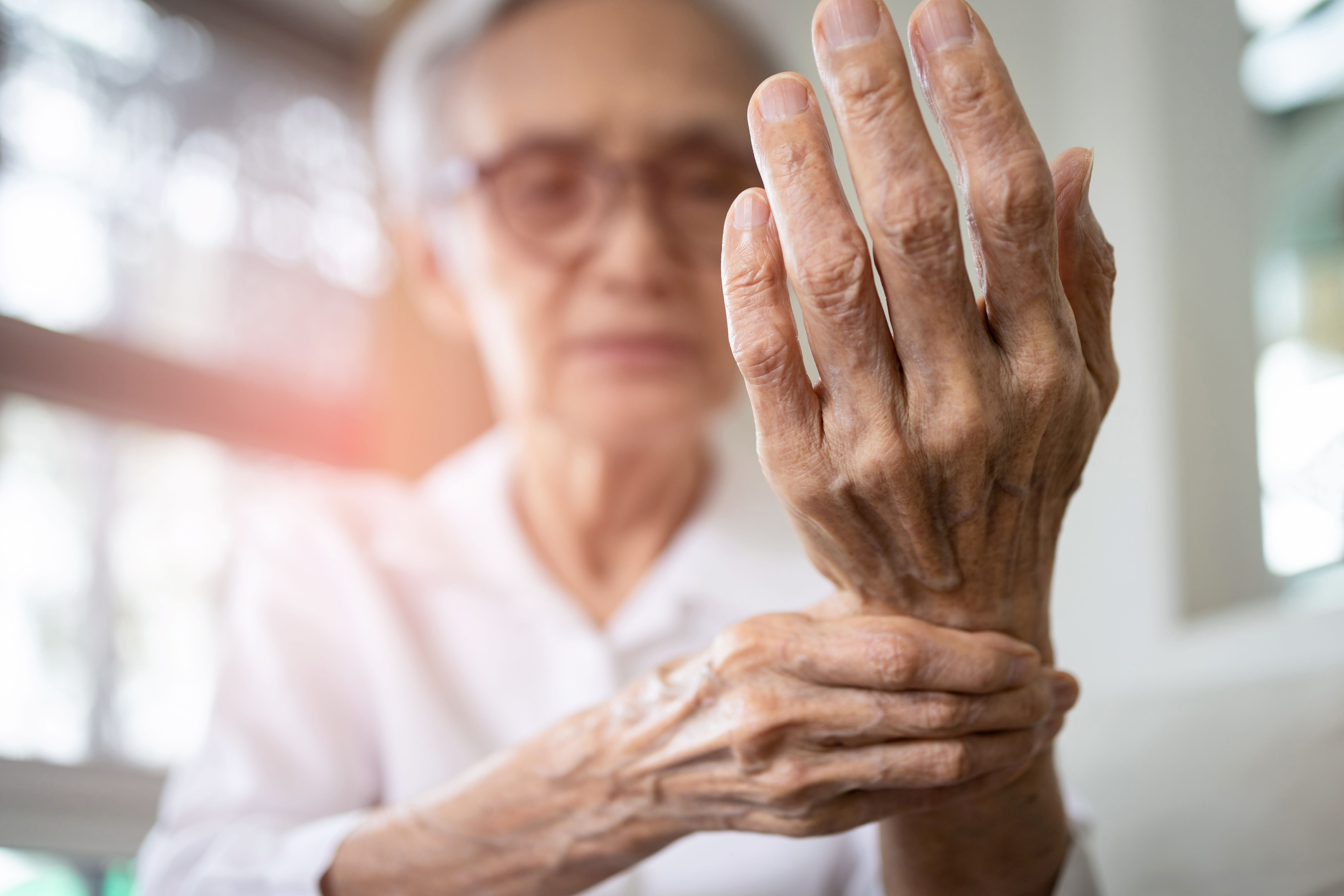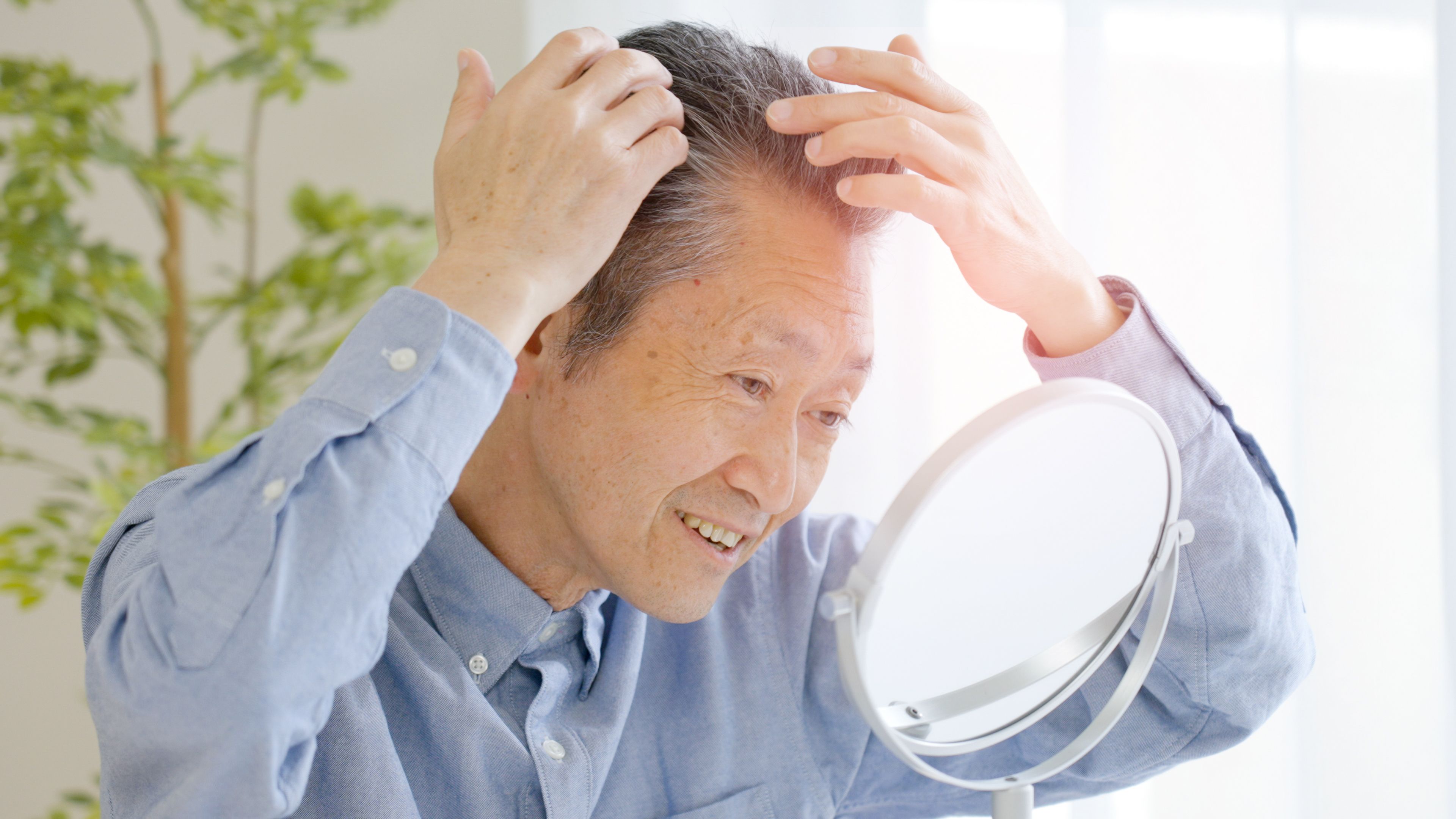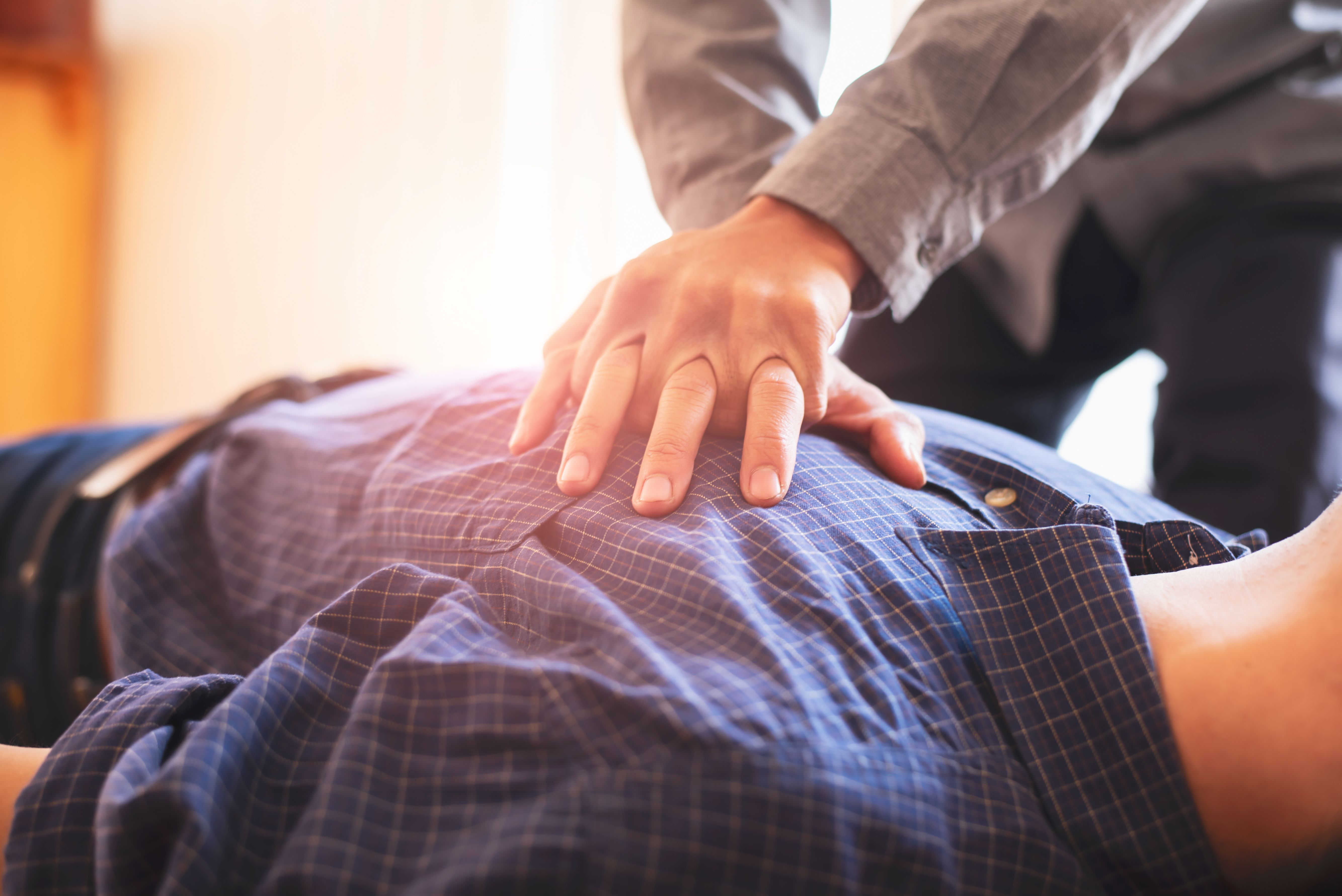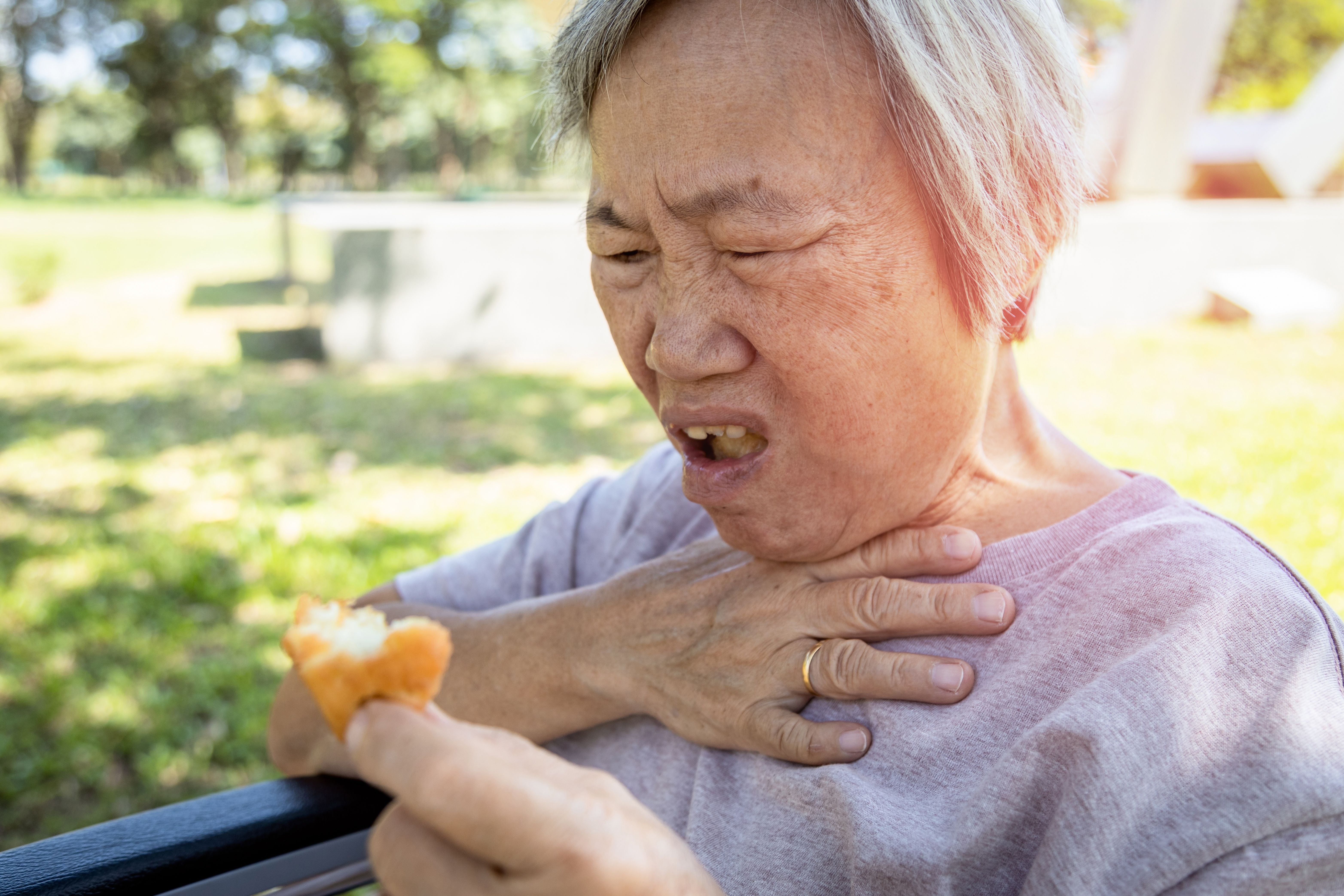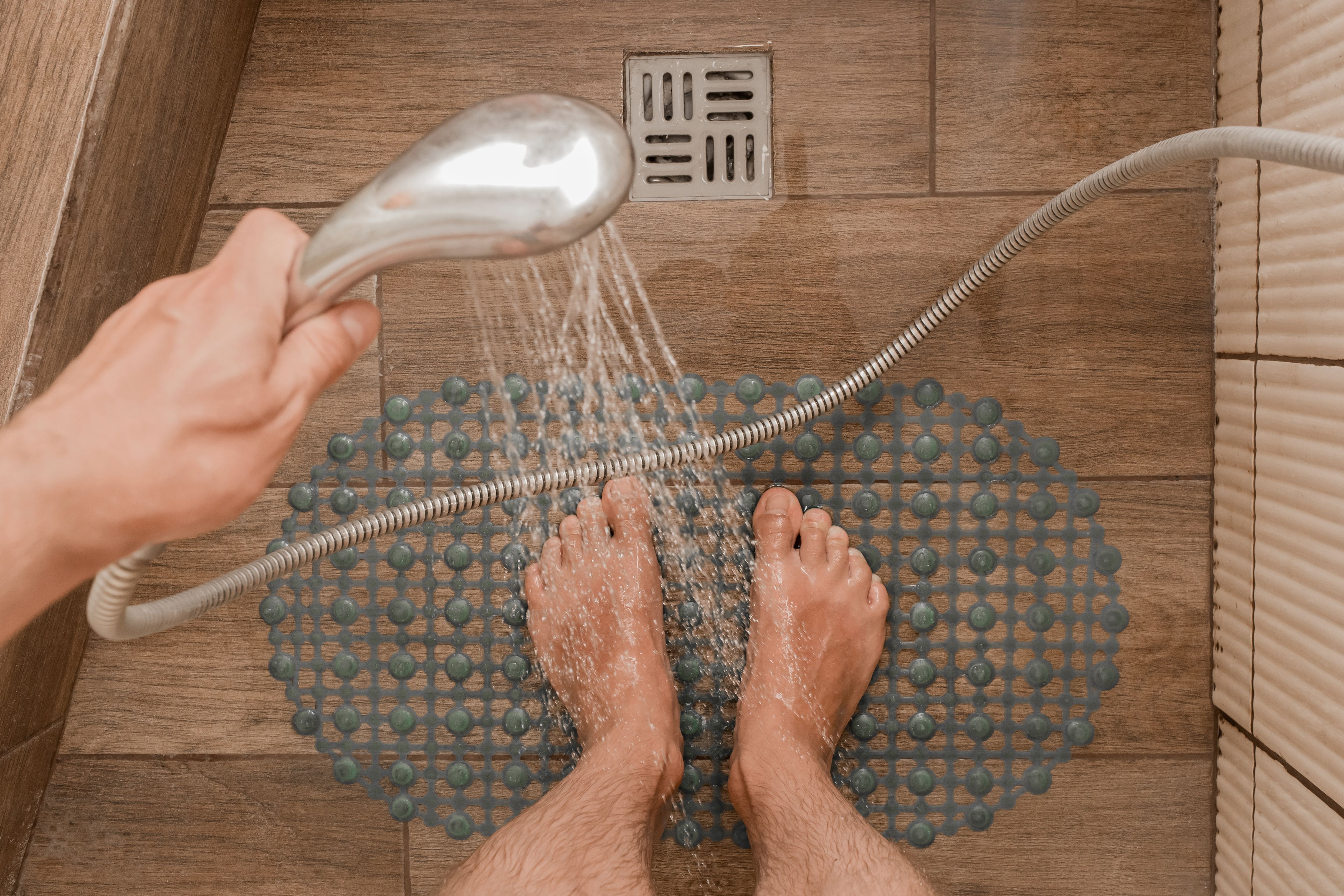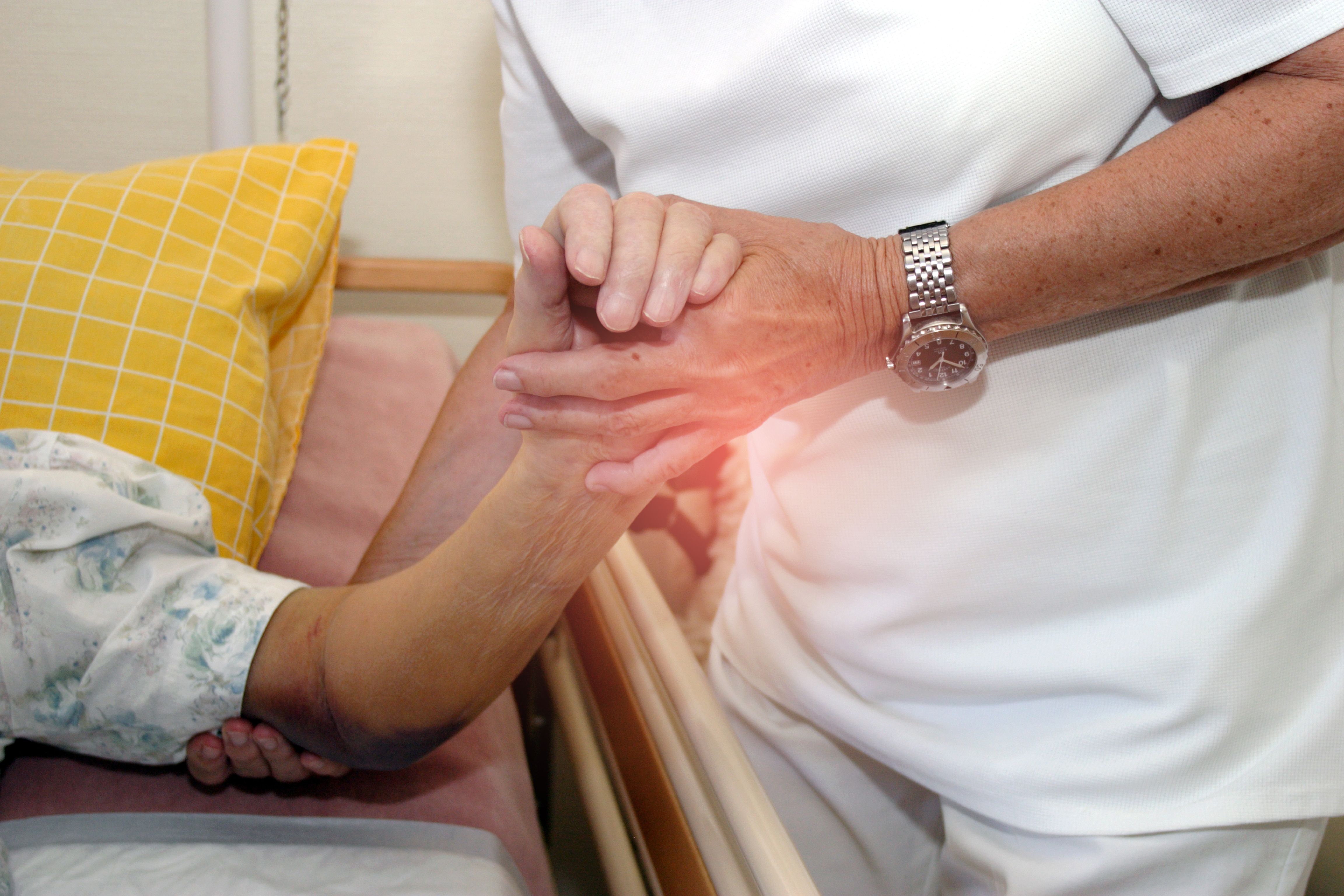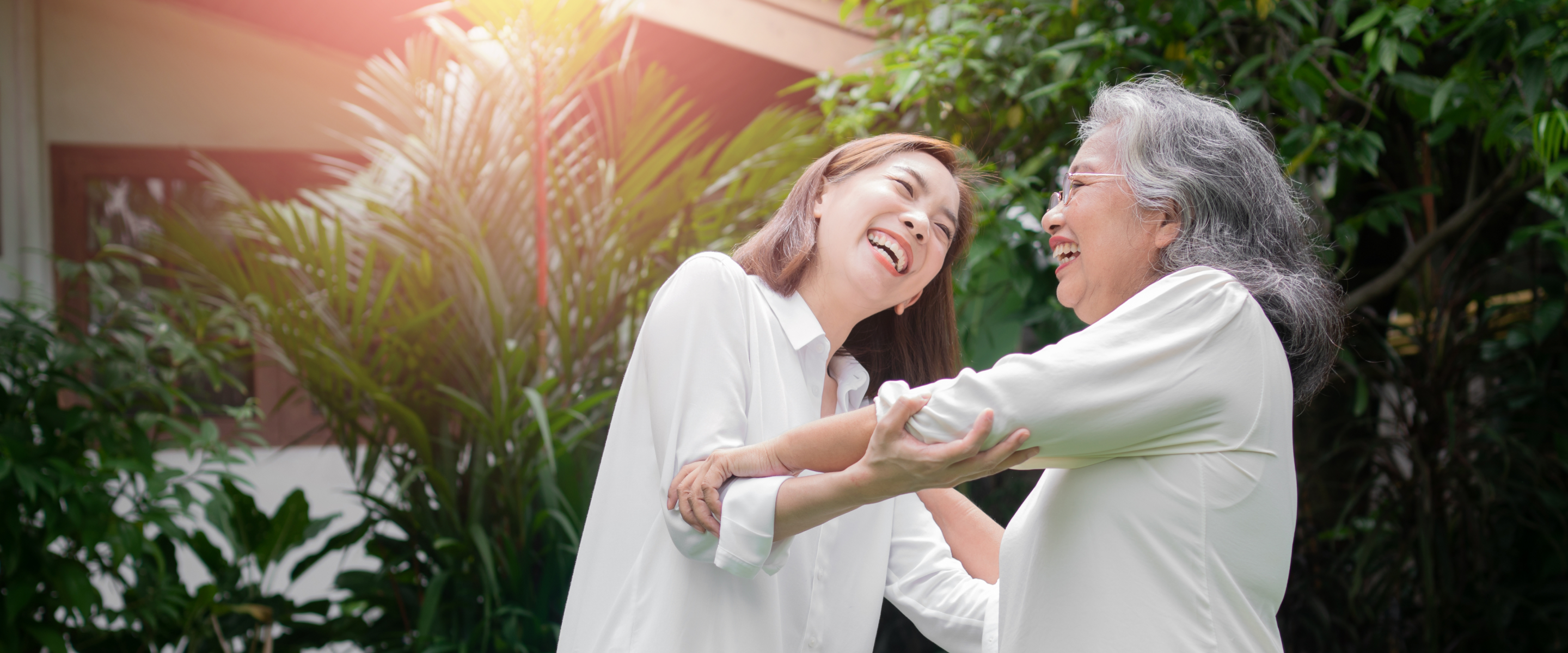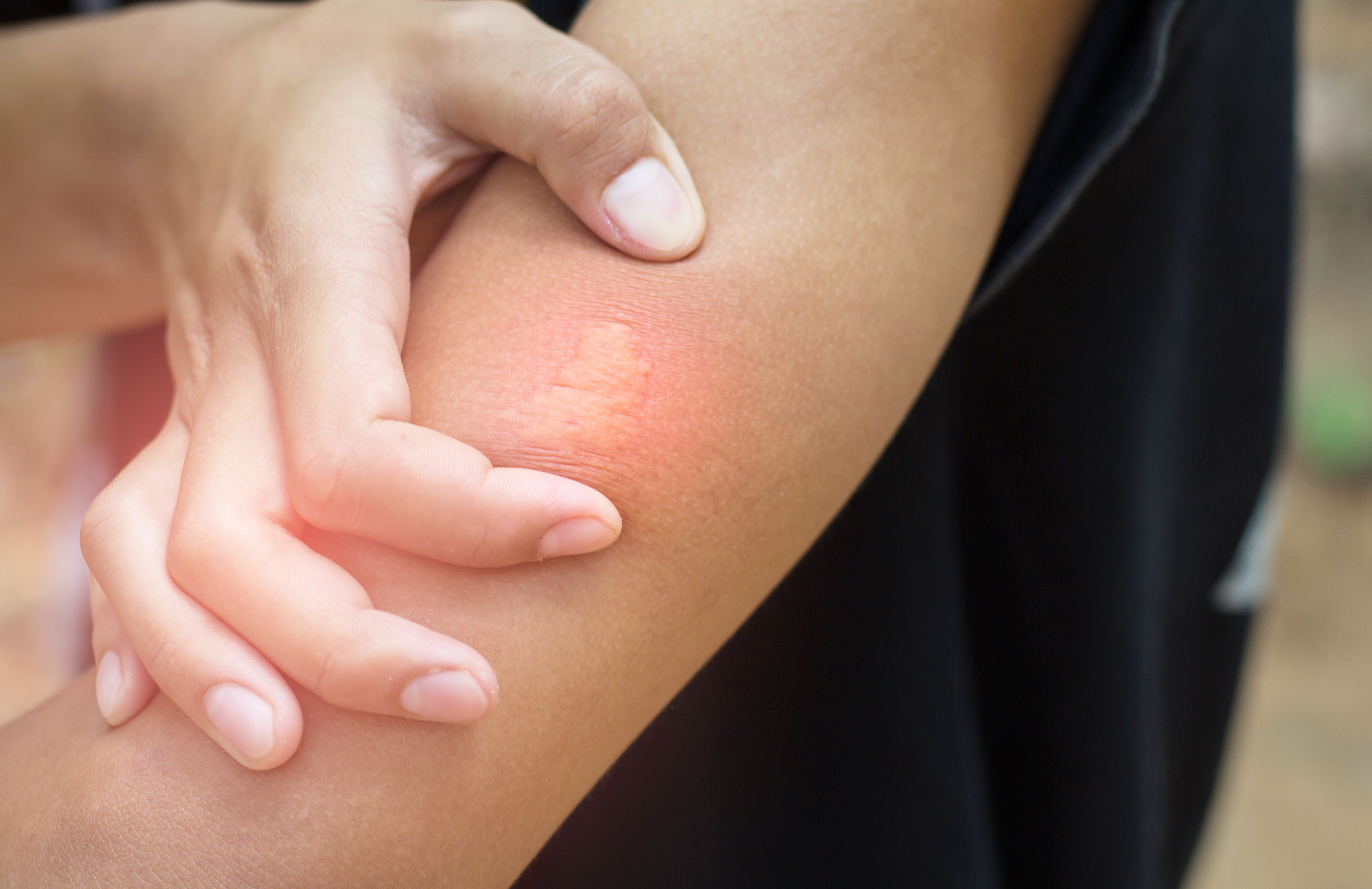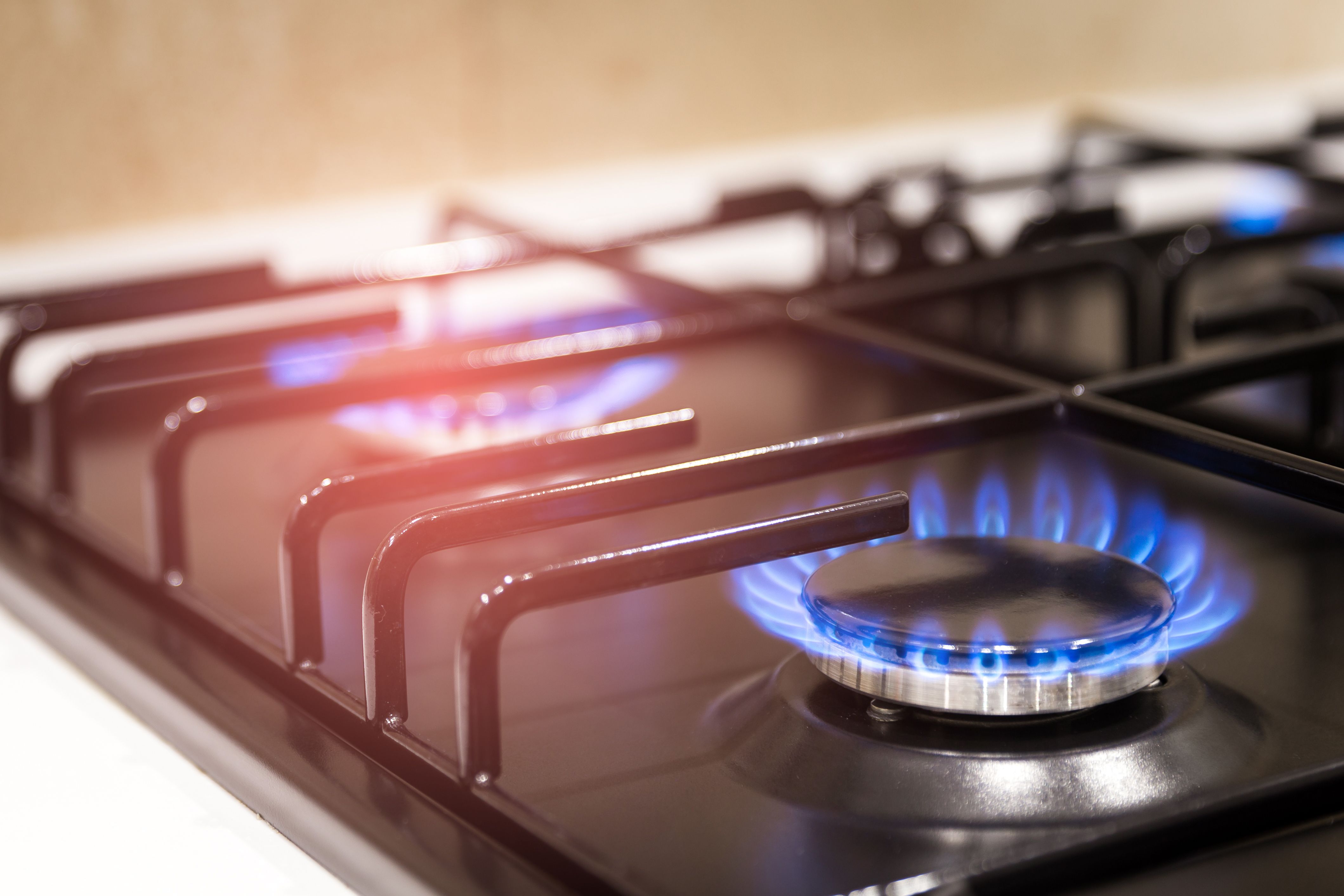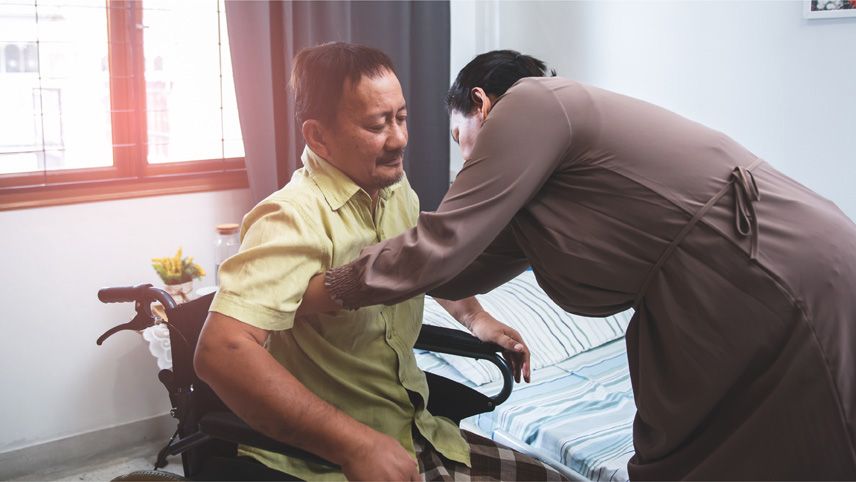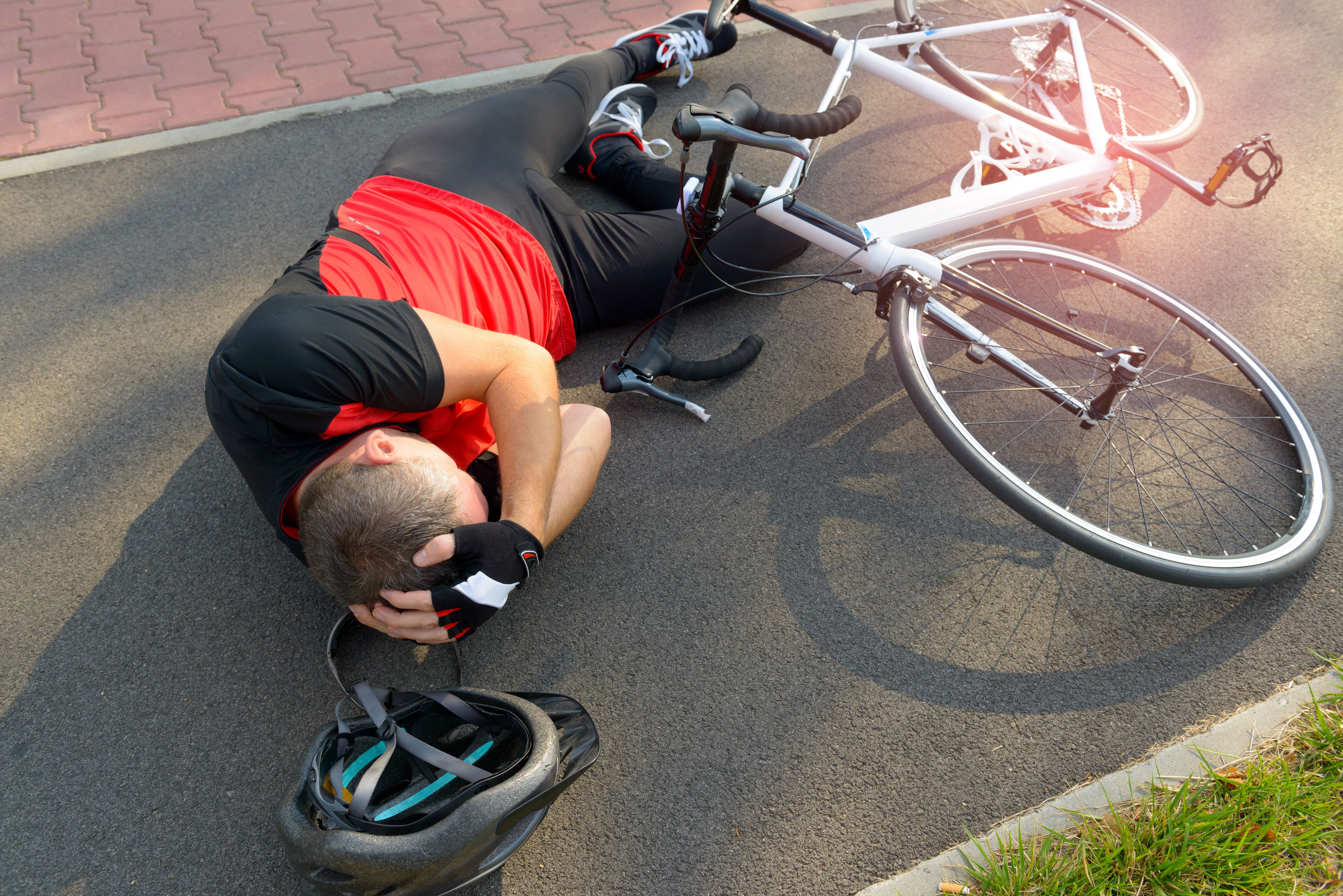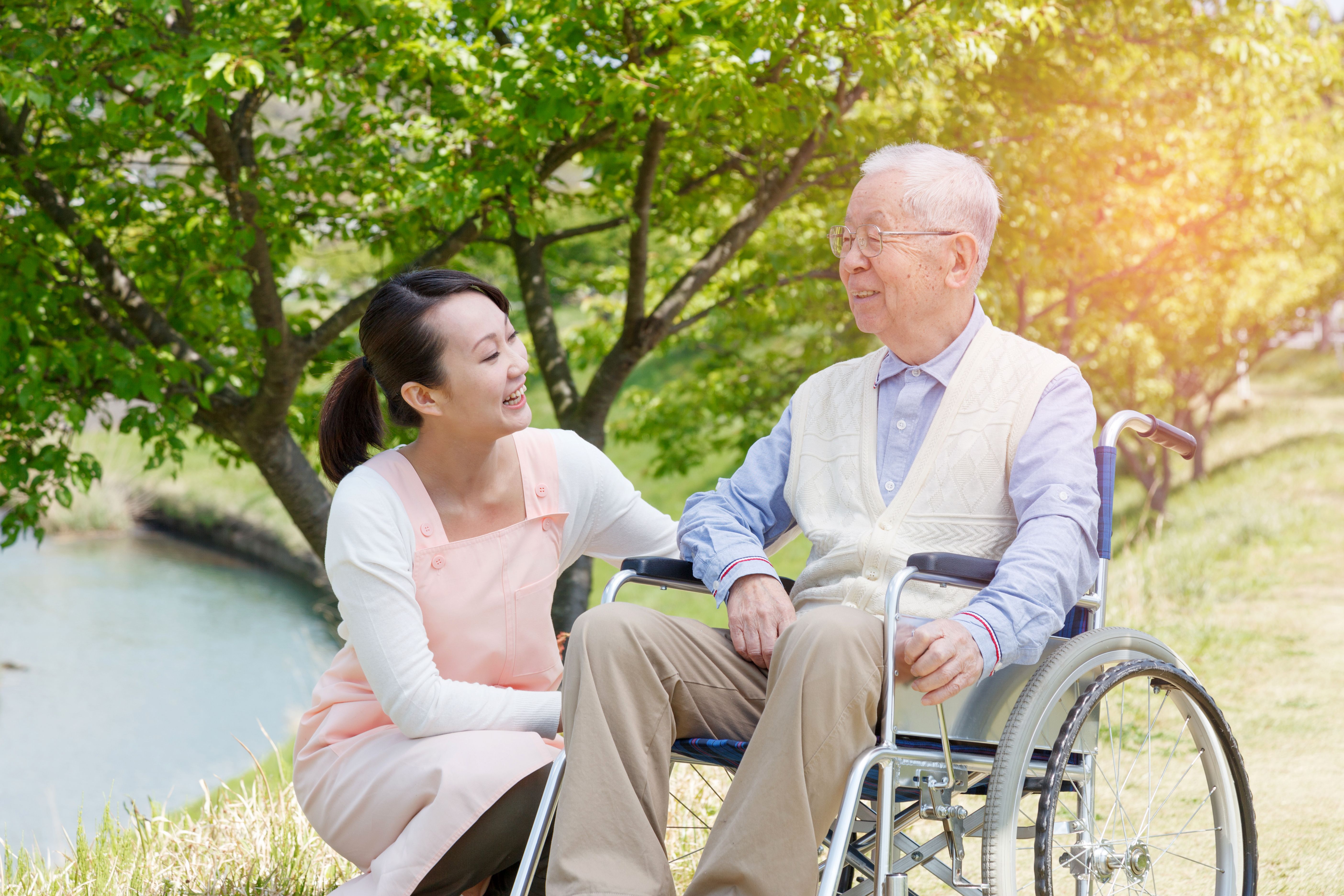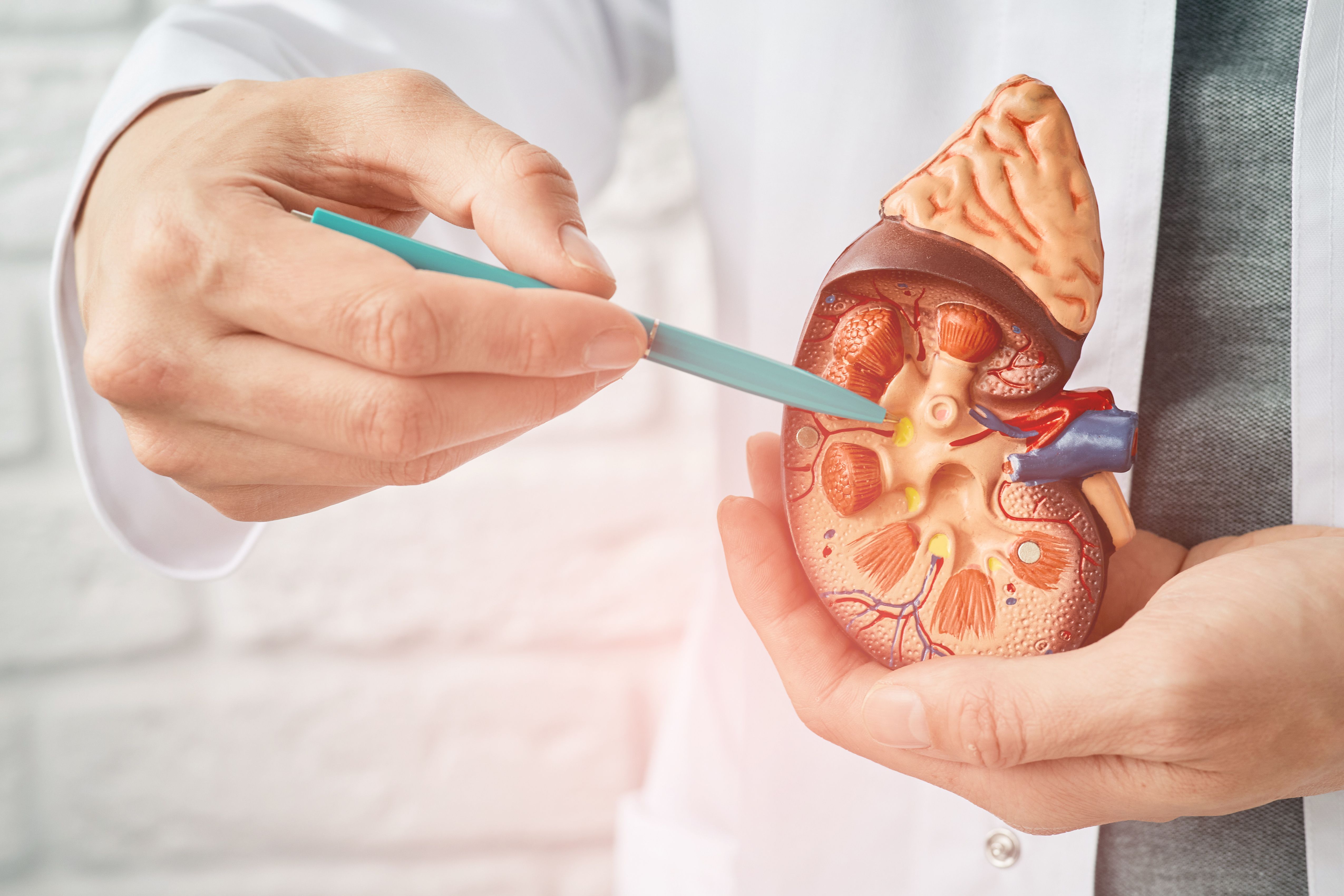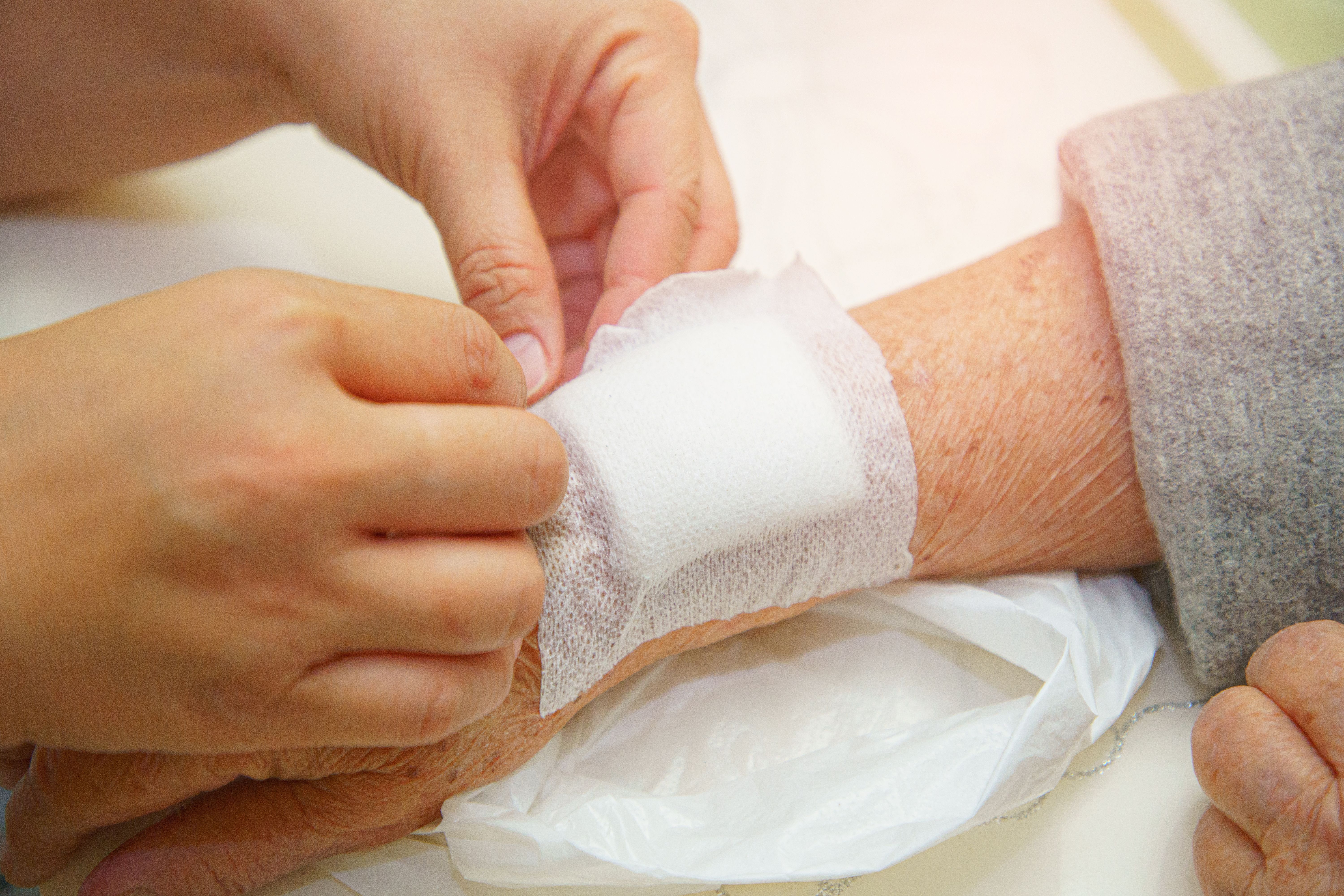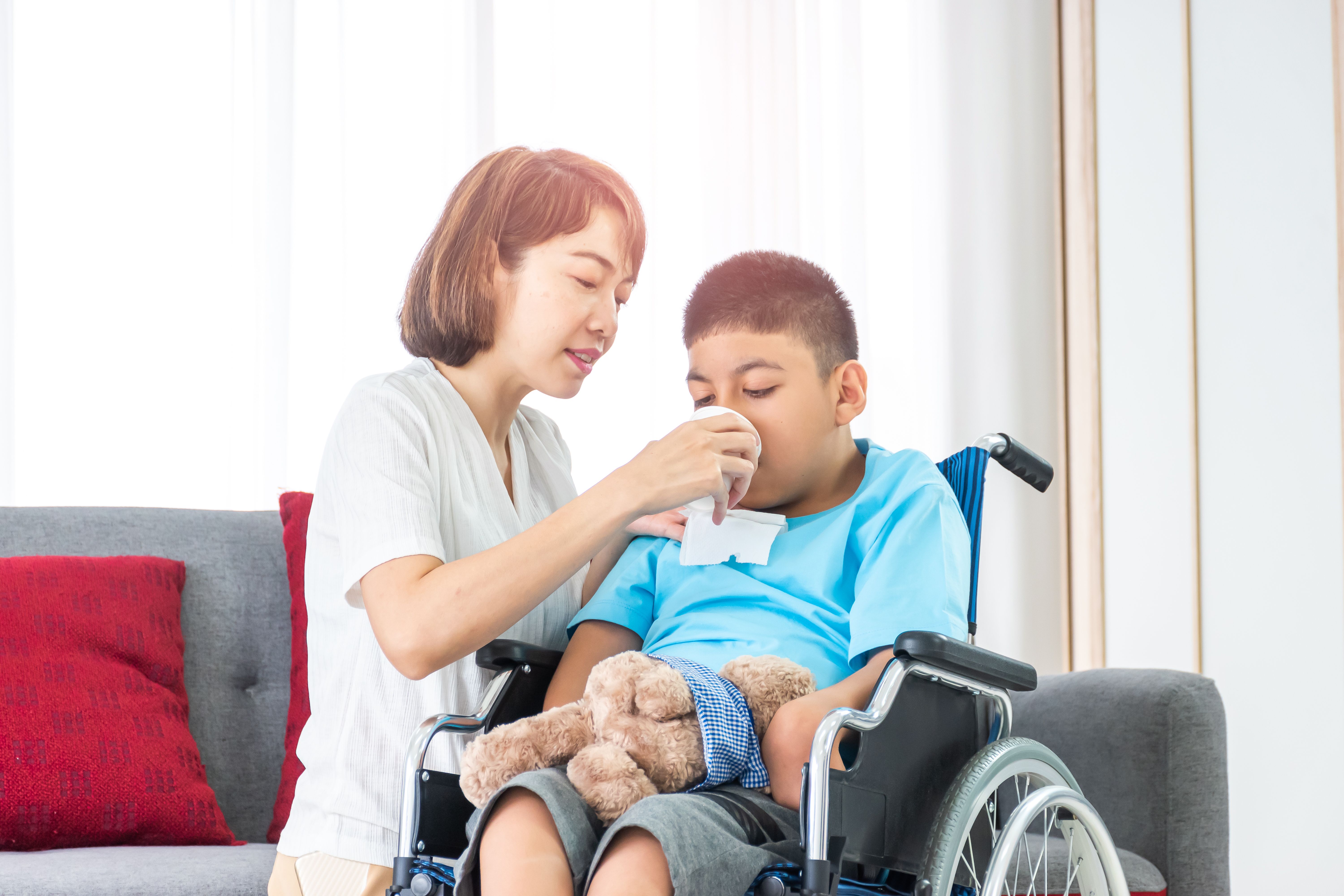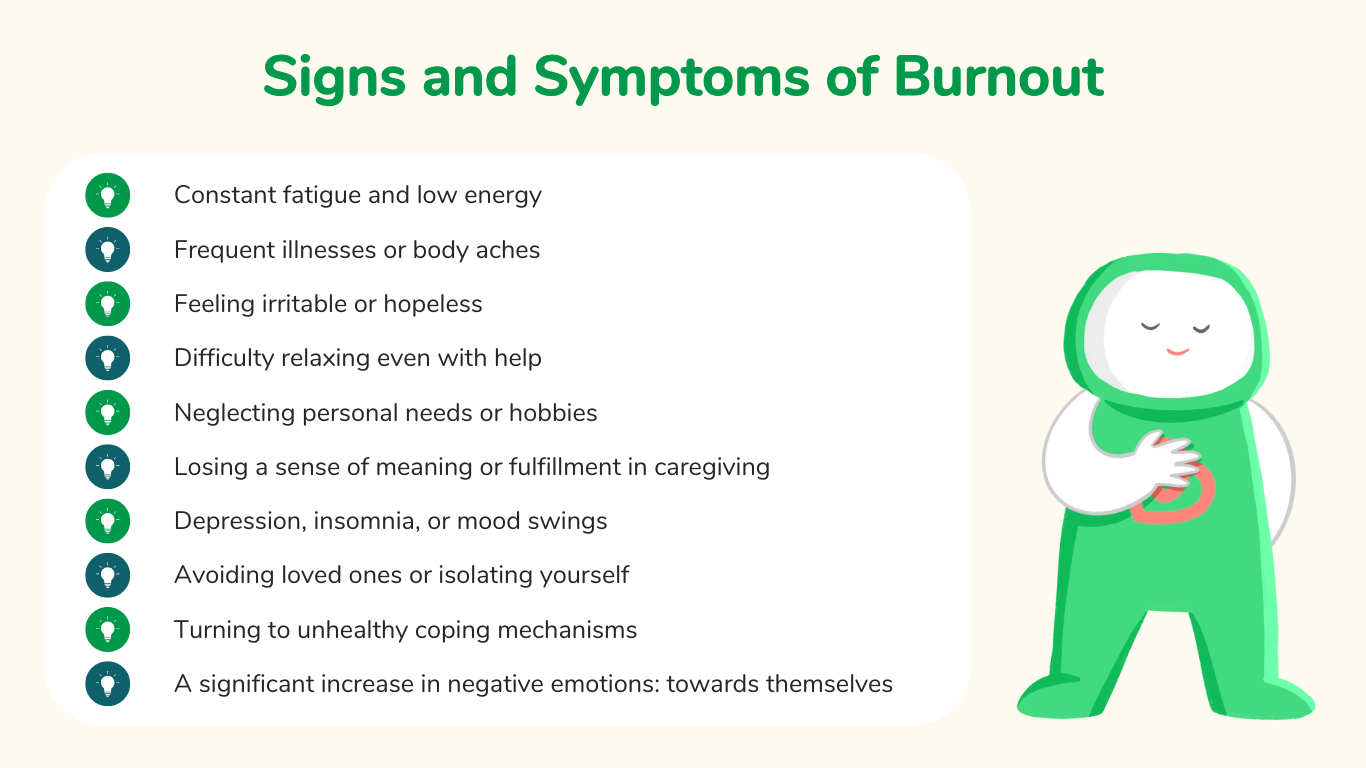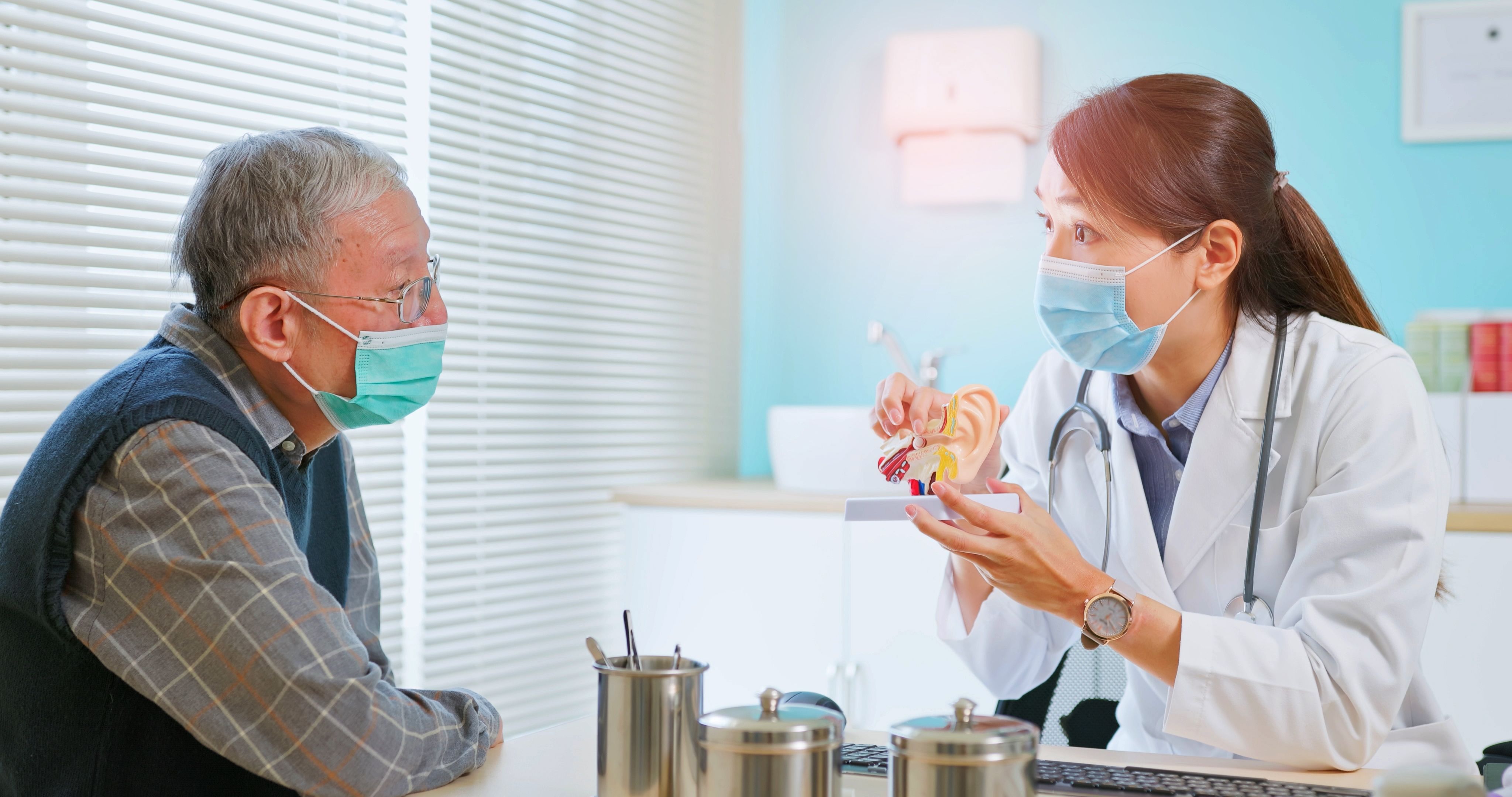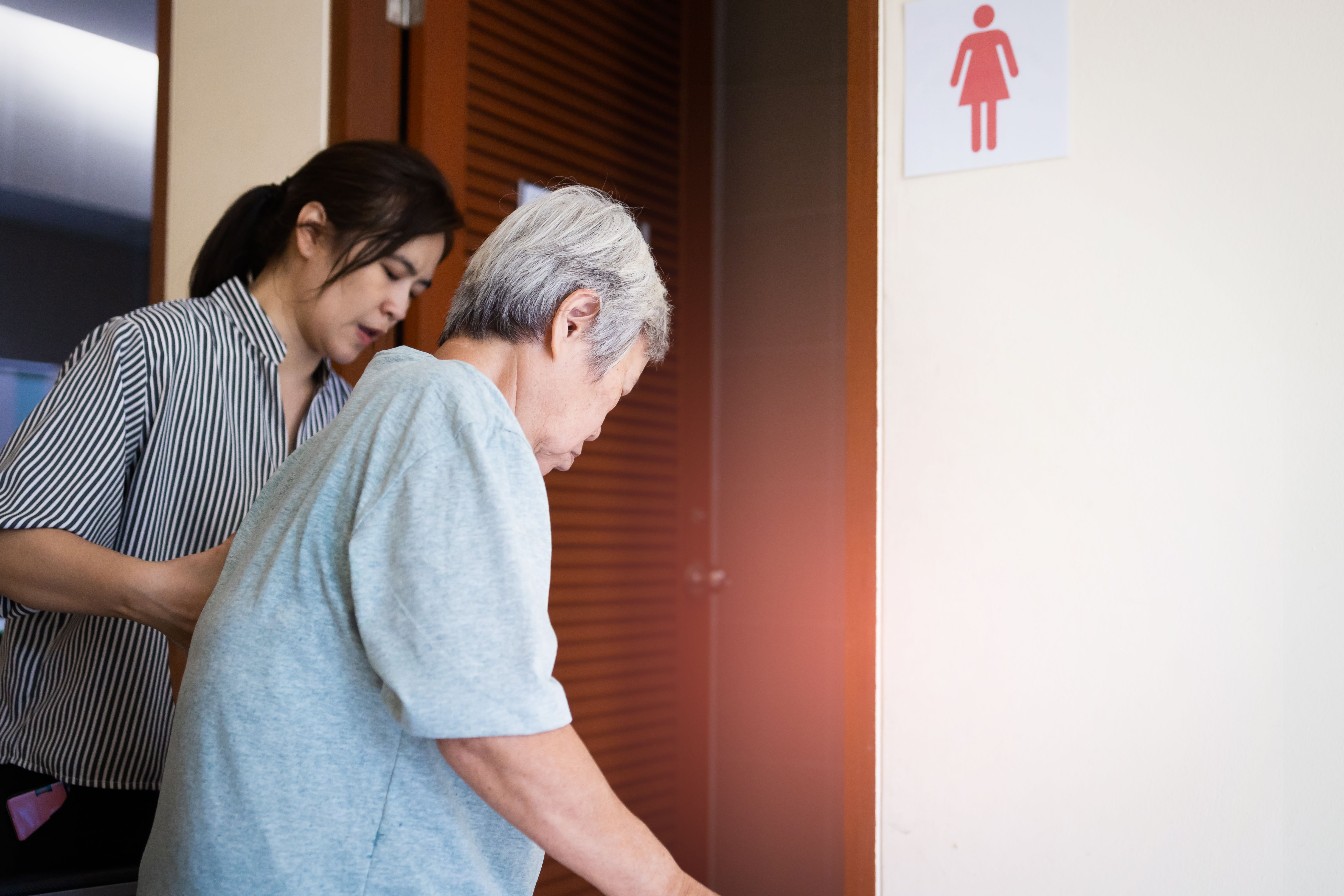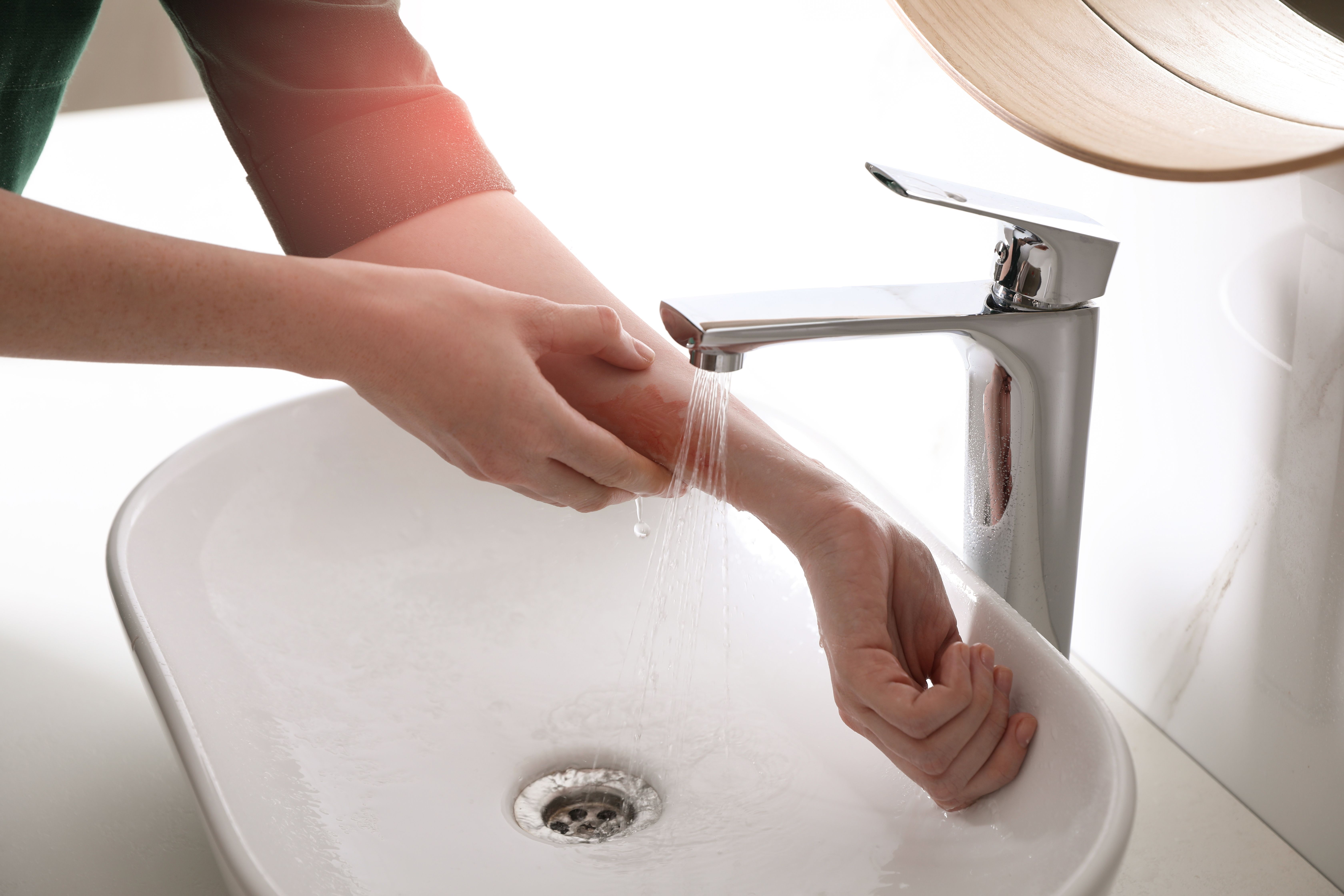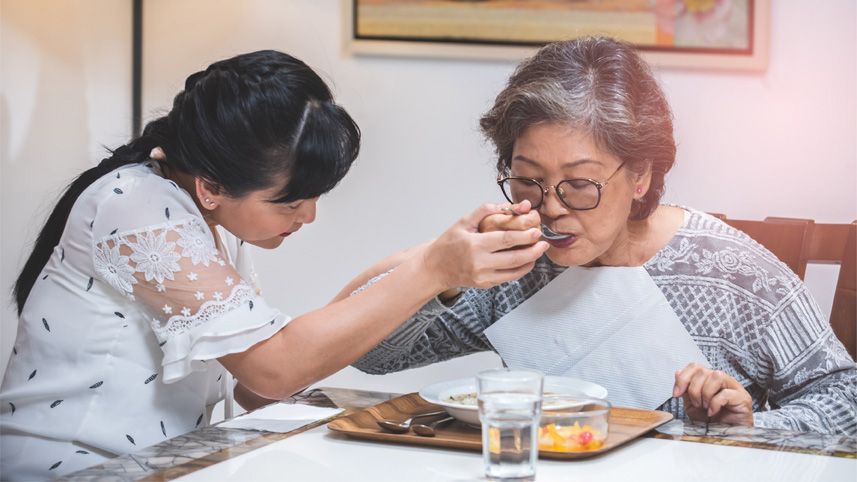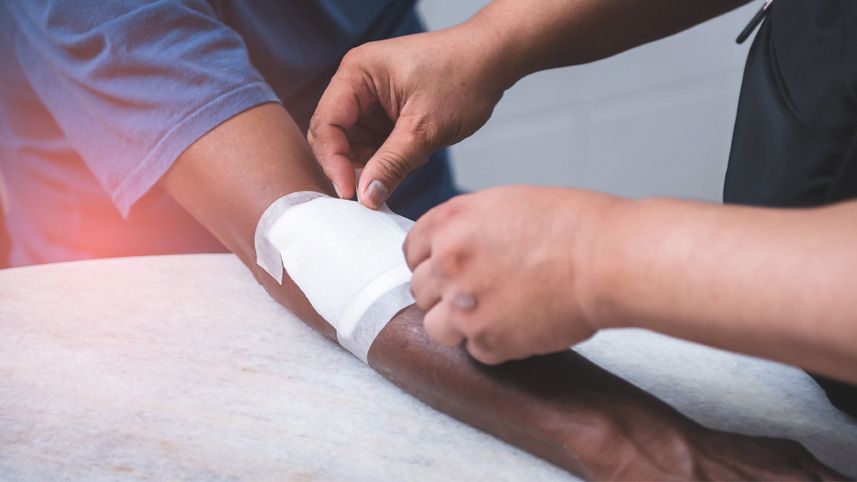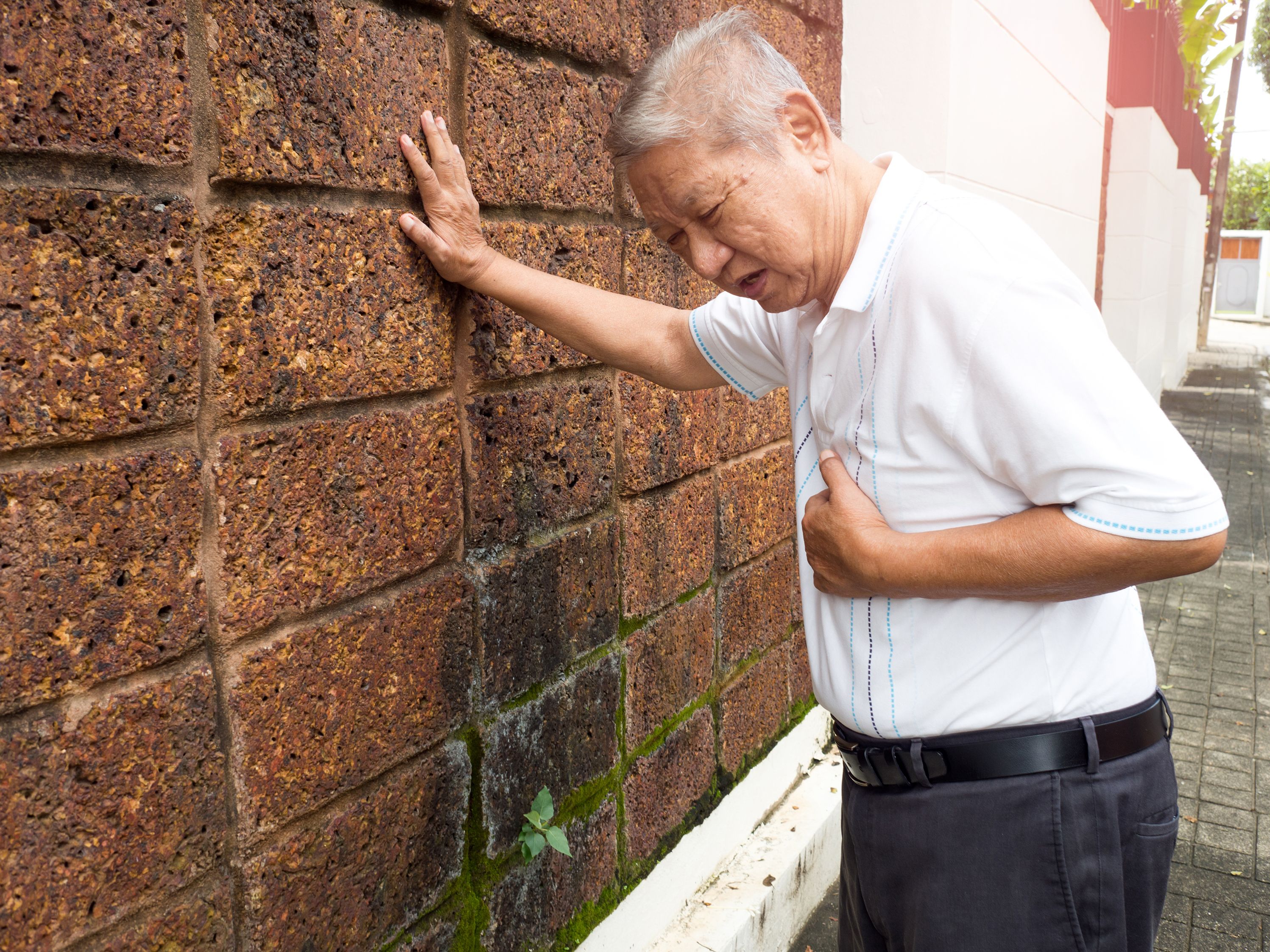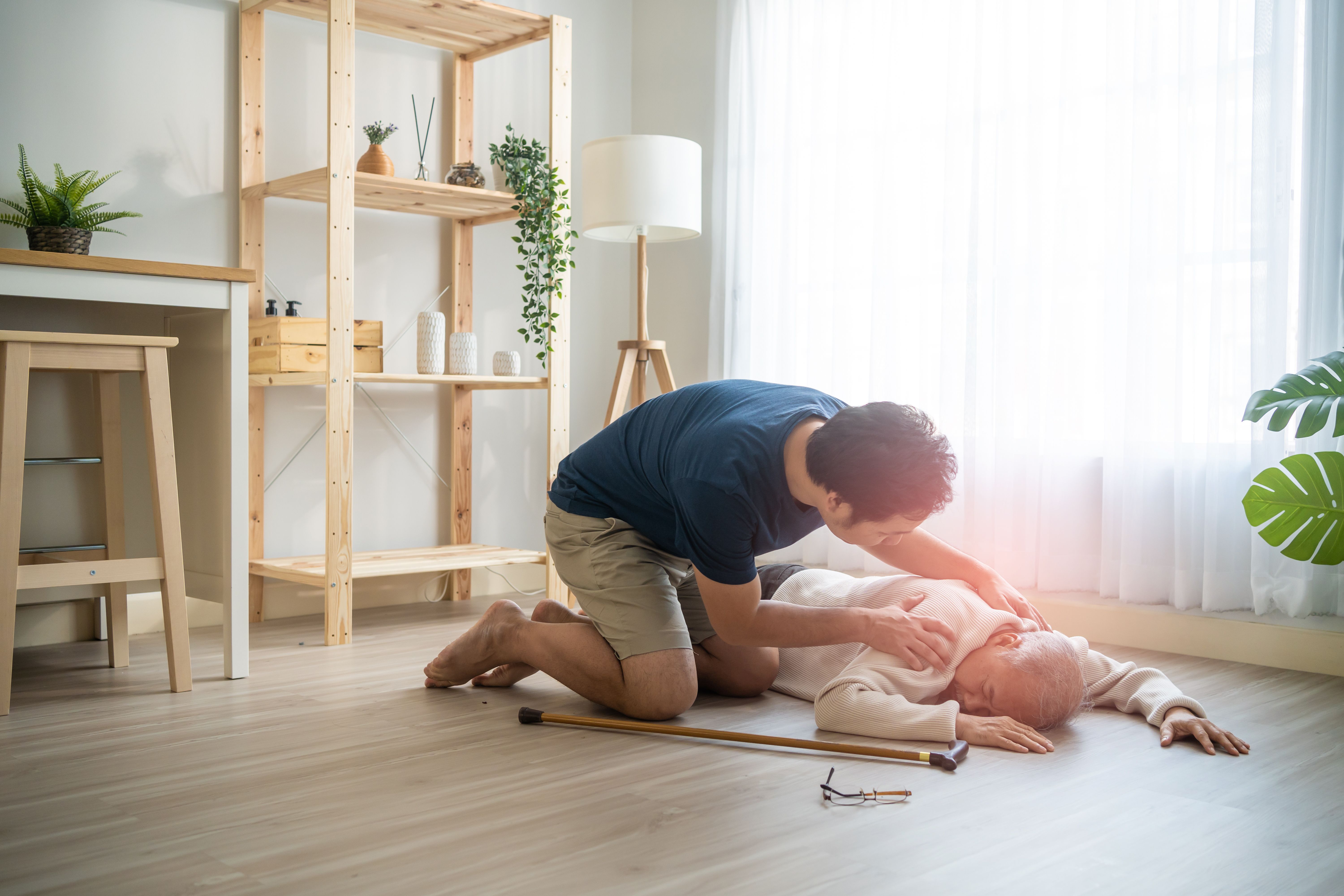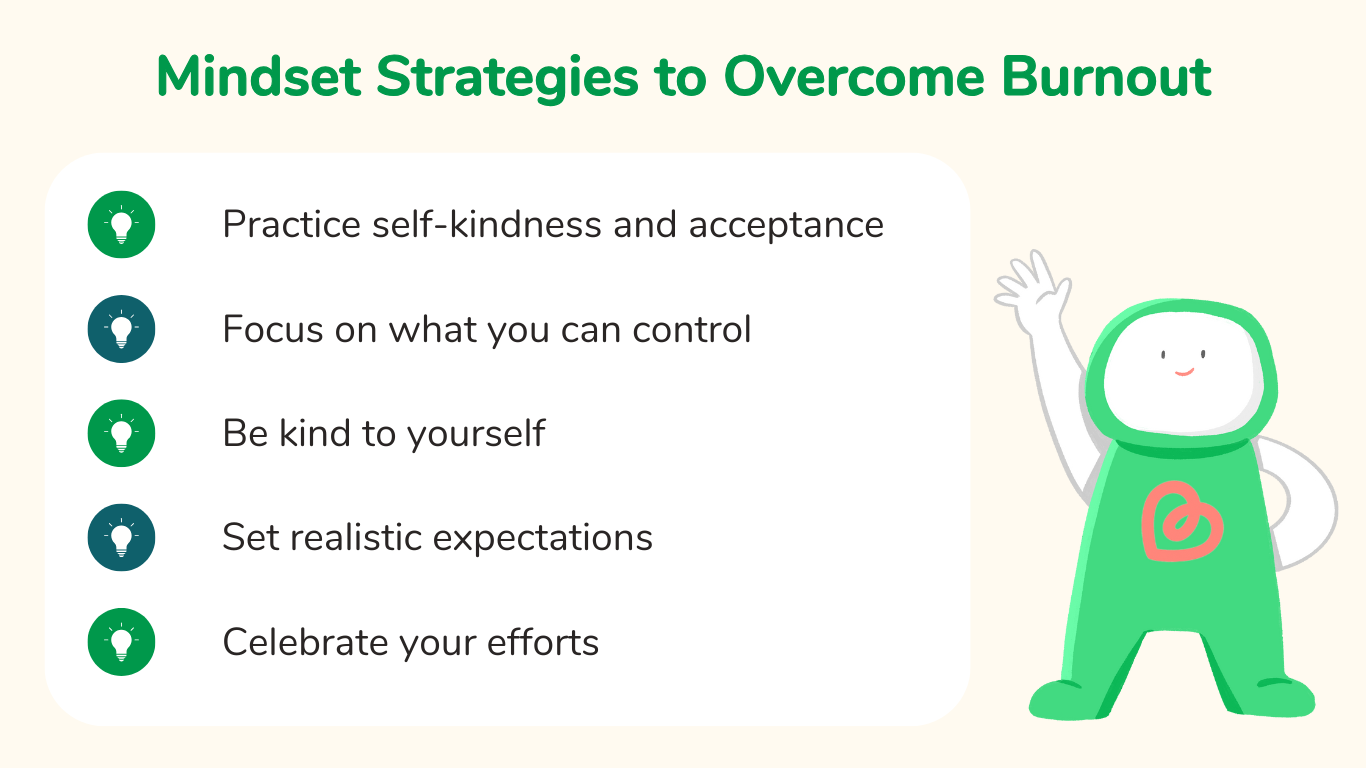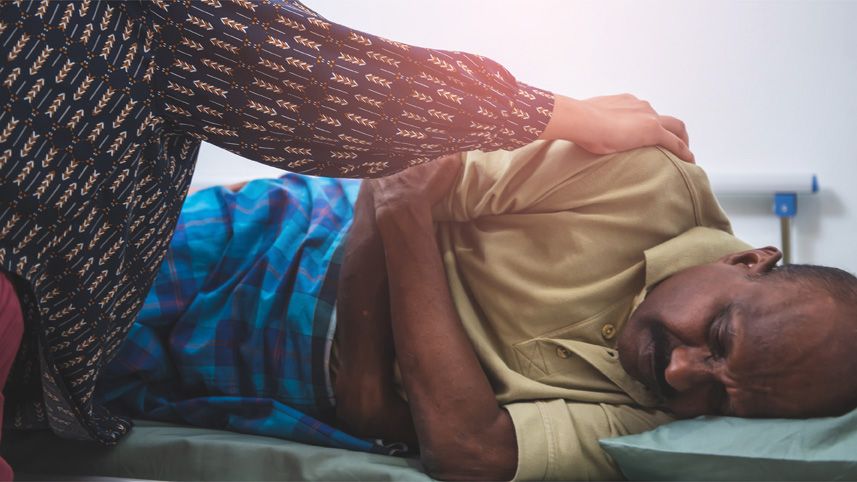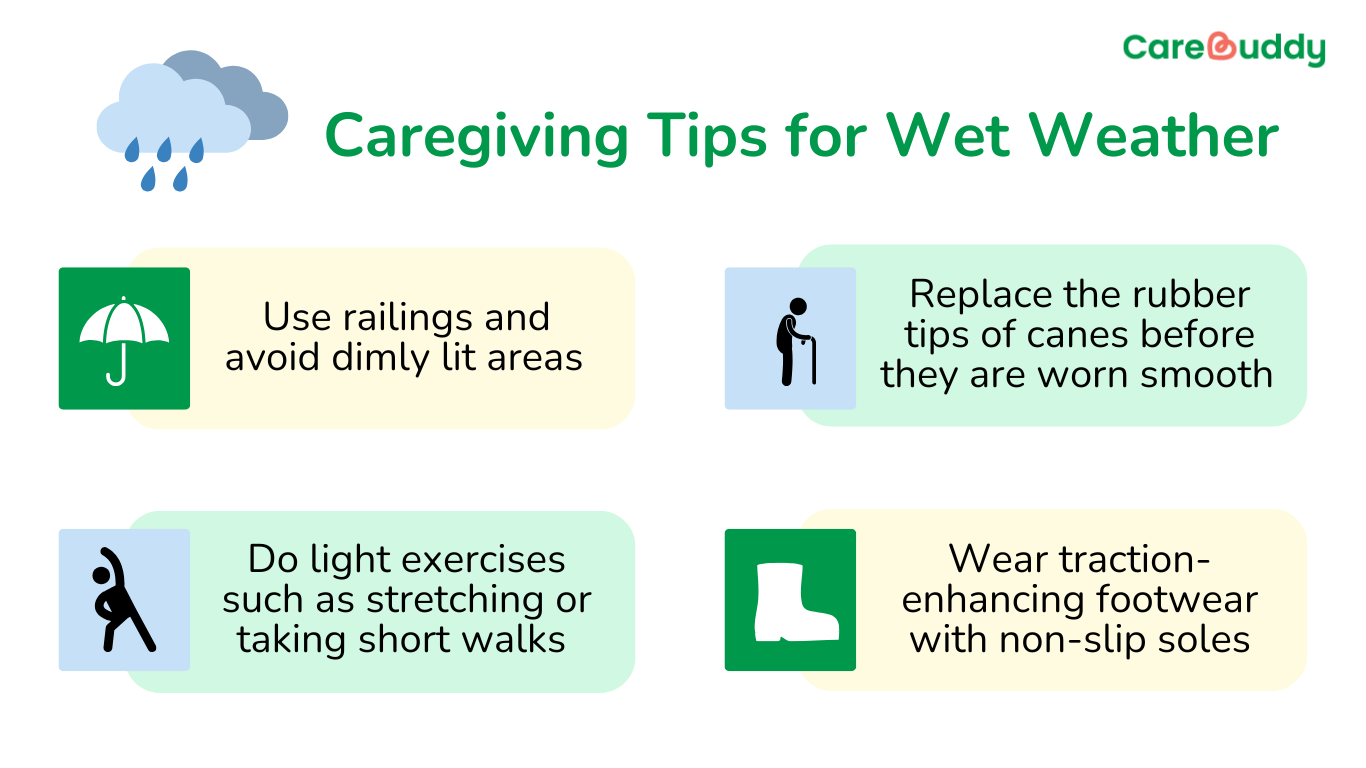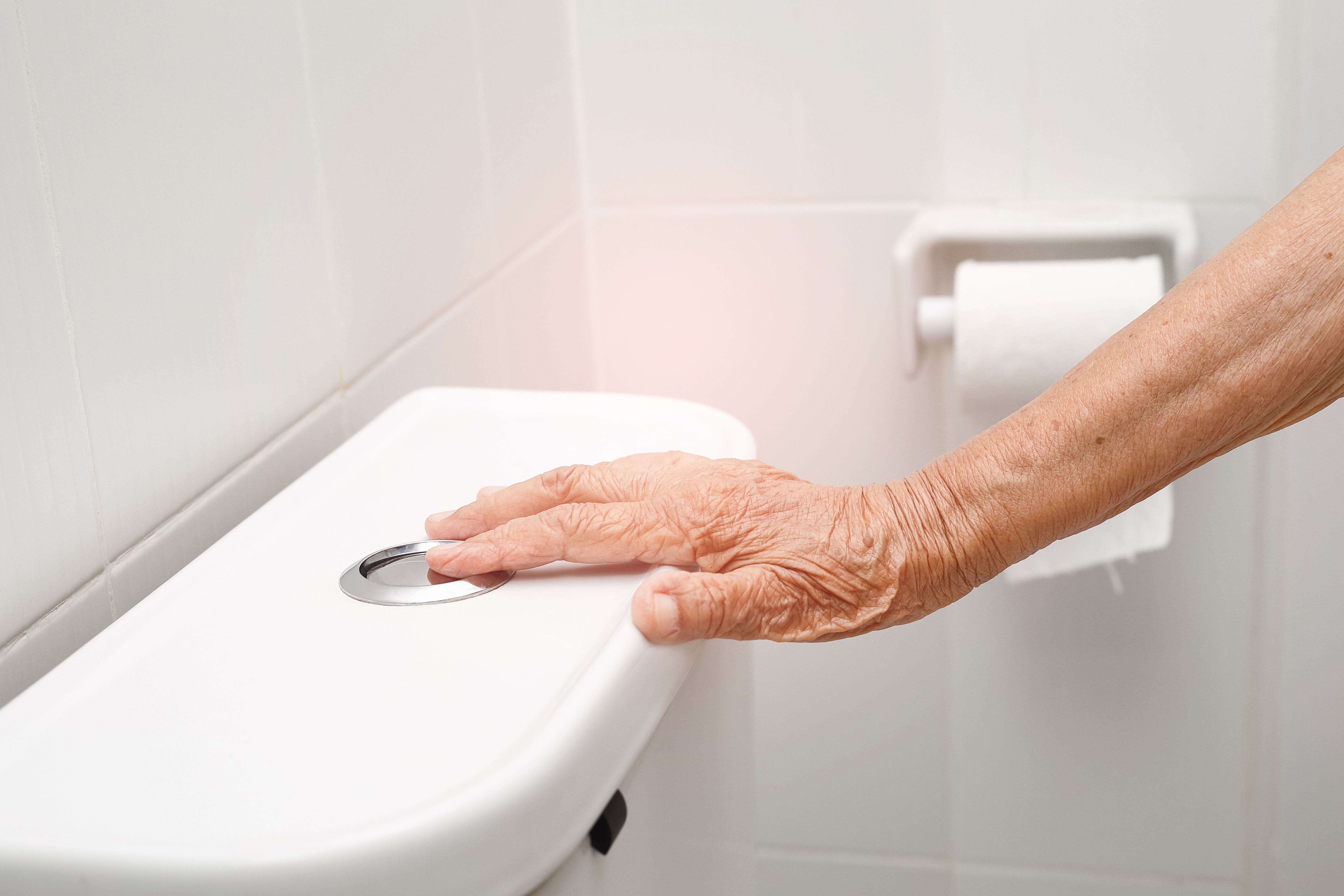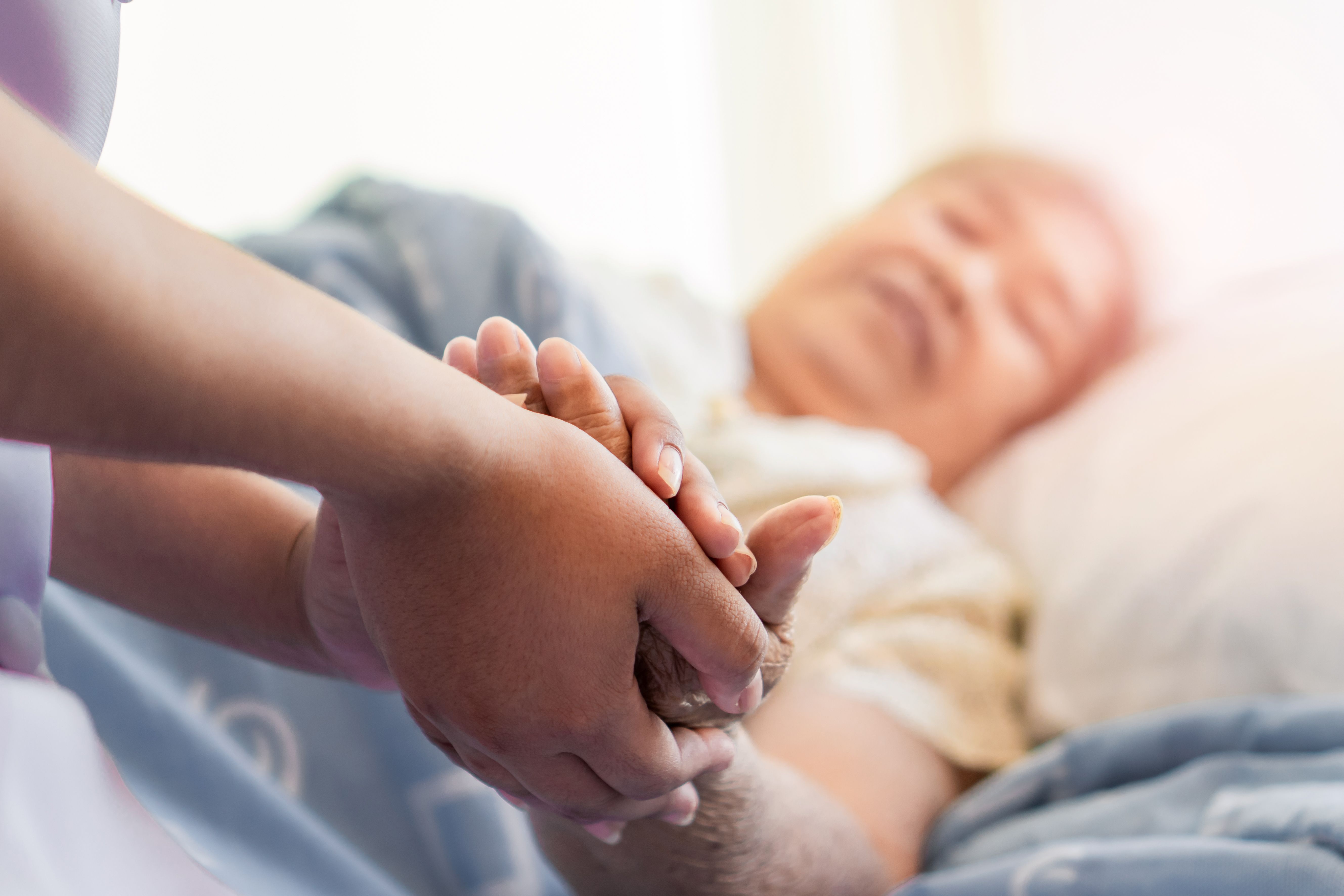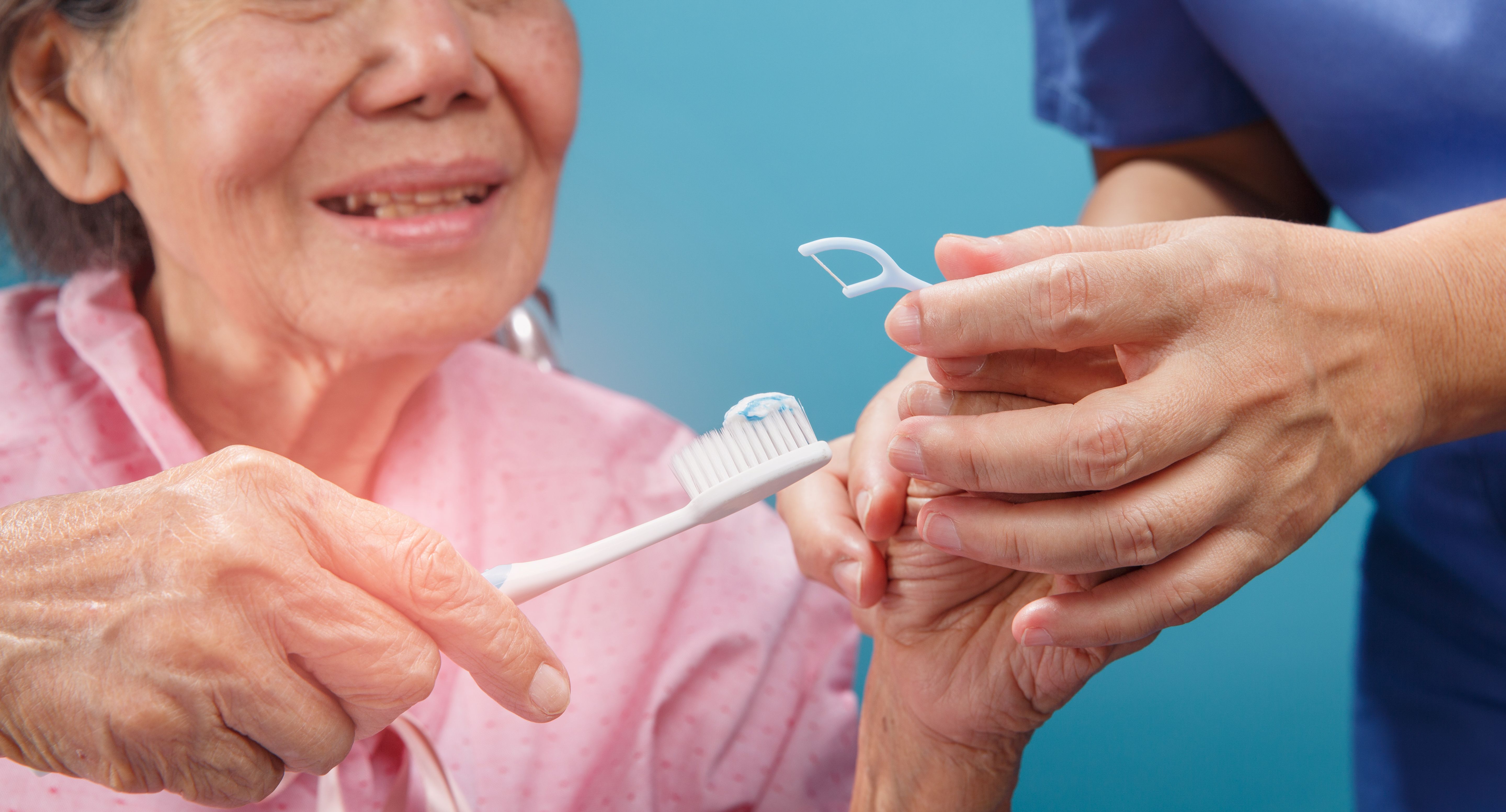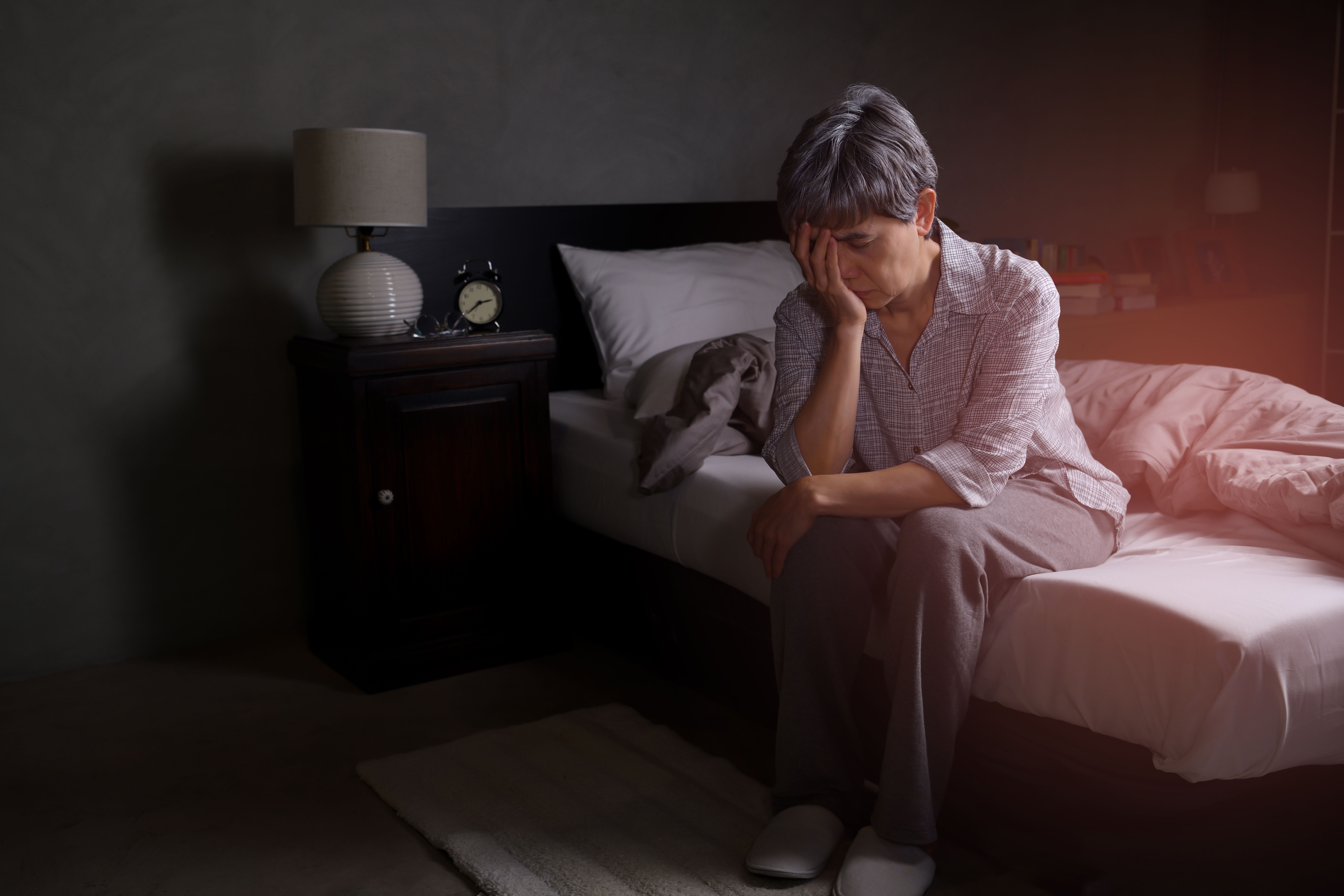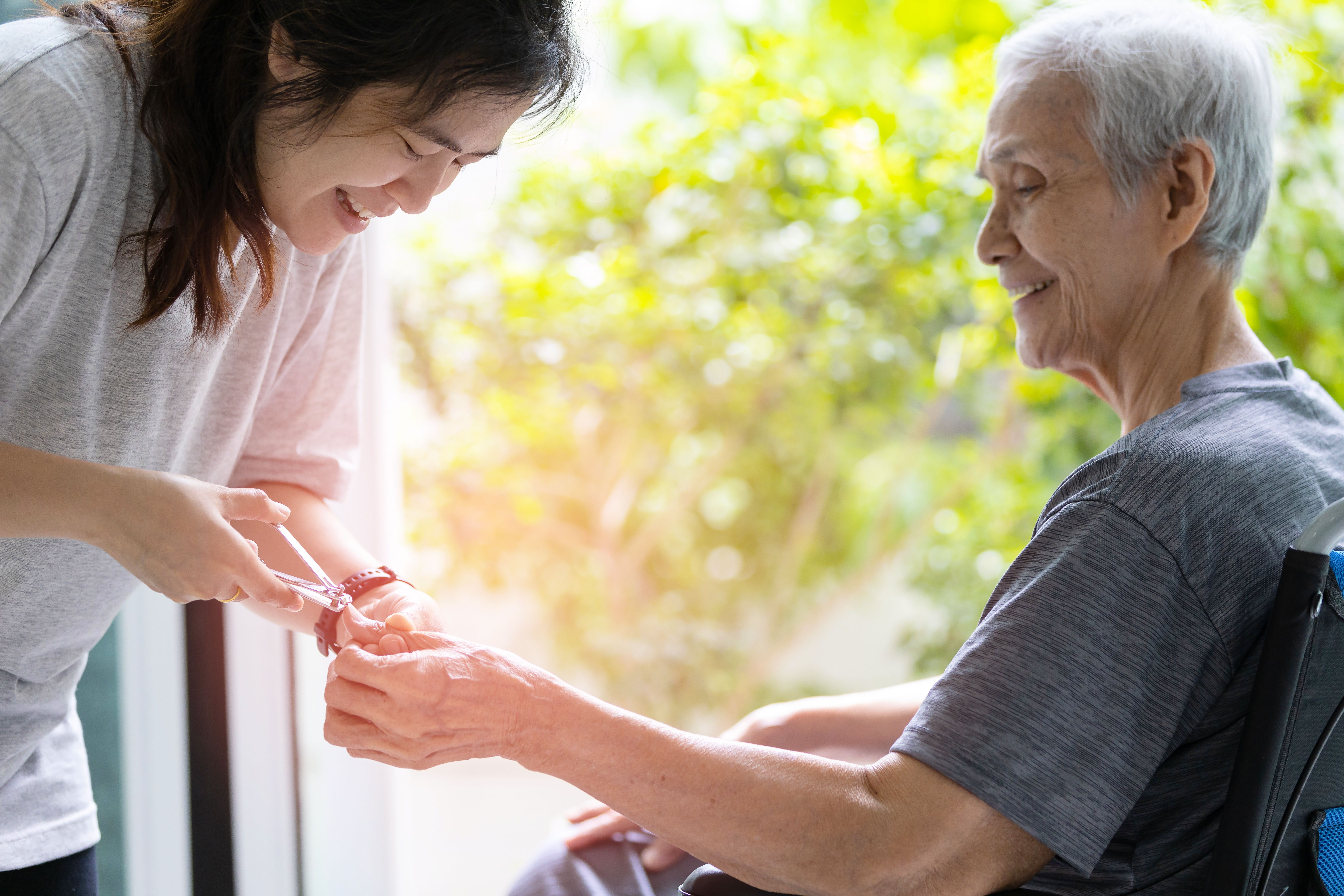Ensuring proper eye care for a care receiver
- CareBuddy
- 4 Mins Read
- 26 Sep 2022
- Elderly Care

Keeping the eyes of a care receiver clean and hygienic is important to avoid infections. If a care receiver happens to be unconscious, the frequency of eye care needed is even higher.
The simplest way to keep eyes clean is to wash them with a clean washcloth moistened in water. Soap may cause irritation and needs to be used sparingly. No direct pressure should be applied on the eyeballs as this can cause serious injury.
Warning signs of abnormal eye conditions
- Yellow or green pus or other discharge.
- Swollen or puffy eyelids.
- Increased and constant tearing and blinking.
- Redness and pinkness of the white of the eye and inner eyelids.
- Blurred vision.
- Cloudy spot on the cornea.
- Itchiness or gritty feeling in the eyes.
- Foreign body sensation, the feeling that something is stuck in your eyes.
Safety tips while assisting with eye care
- Don’t use any sharp equipment.
- Keep your fingernails short.
- Never allow equipment to come into direct contact with the eyes.
- Don’t apply direct pressure on the eyeballs.
- Use gentle strokes.
- Discard used cotton balls or tissues after every wipe and don’t reuse them.
Procedure for applying eye drops
- Introduce yourself and explain the procedure. E.g. “Hi, Good morning, Mr Tan. I’m Sylvia. I’m here to help you clean your eyes. After that, I will put some eye drops into your eyes.”
- Wash your hands.
- Collect necessary items such as water or saline solution, cotton balls, tissues and eye drops. Check expiry dates of all items.
- Wear gloves.
- Position the care receiver in a supine or sitting position.
- Wet the cotton balls to moisten.
- Wipe the eyes from the inner corner to the outer corner. Wipe only in one direction. Use one cotton ball for one wipe.
- Tilt the care receiver’s head back.
- Pull the lower lid away from the eye using the index finger.
- Uncap the bottle and invert it above the eye and squeeze gently.
- Let one drop of the medicine enter the eye.
- Ask the care receiver to close the eyes without squeezing them. Press on the inner part of the eye, where the eye meets the nose, for 30 seconds.
- Do not touch the dropper against the eyelid or anything else.
- Replace the cap of the bottle immediately.
- If more than one drop has been prescribed, wait for 3-4 minutes before giving the second drop. If another eye drop medication has been prescribed, wait for 5-15 minutes before giving the second medication.
- Wipe off excess with a tissue.
- Remove gloves and wash your hands.
- Return the care receiver to their original position and make them comfortable.
- Remove, clean and restore all equipment.
Procedure for applying of Eye Ointment or Eye Gel
- Introduce yourself and explain the procedure. E.g. “Hi, Good morning, Mr Tan. I’m Sylvia. I’m here to help you clean your eyes. After that, I will apply the eye ointment/gel into your eyes.”
- Wash your hands.
- Collect necessary items such as water or saline solution, cotton balls, tissues and eye drops. Check expiry dates of all items.
- Wear gloves.
- Position the care receiver in a supine or sitting position.
- Wet the cotton balls to moisten.
- Wipe the eyes from the inner corner to the outer corner. Wipe only in one direction. Use one cotton ball for one wipe.
- Tilt the care receiver’s head back.
- Uncap the tube of eye ointment or gel.
- Pull the lower lid away from the eye using the index finger.
- Squeeze a ribbon of the ointment or gel into the pocket of the lower eye lid. Do not touch the tip against the eyelid or anything else.
- Ask the care receiver to close the eyes without squeezing them for 1-2 minutes.
- Clean the tip of the tube with a clean tissue. Replace the cap immediately.
- Wipe off excess with a tissue.
- Remove gloves and wash your hands.
- Return the care receiver to their original position and make them comfortable.
- Remove, clean and restore all equipment.
Article reviewed by David Tay, Senior Principal Educator (Nursing and Prehospital Care), HMI Institute.
